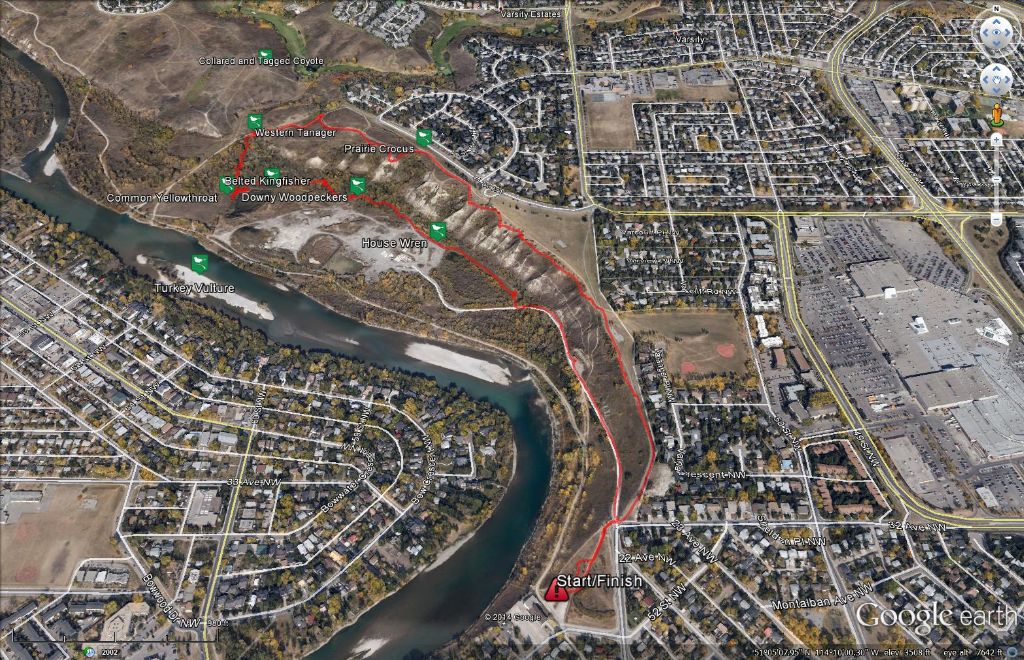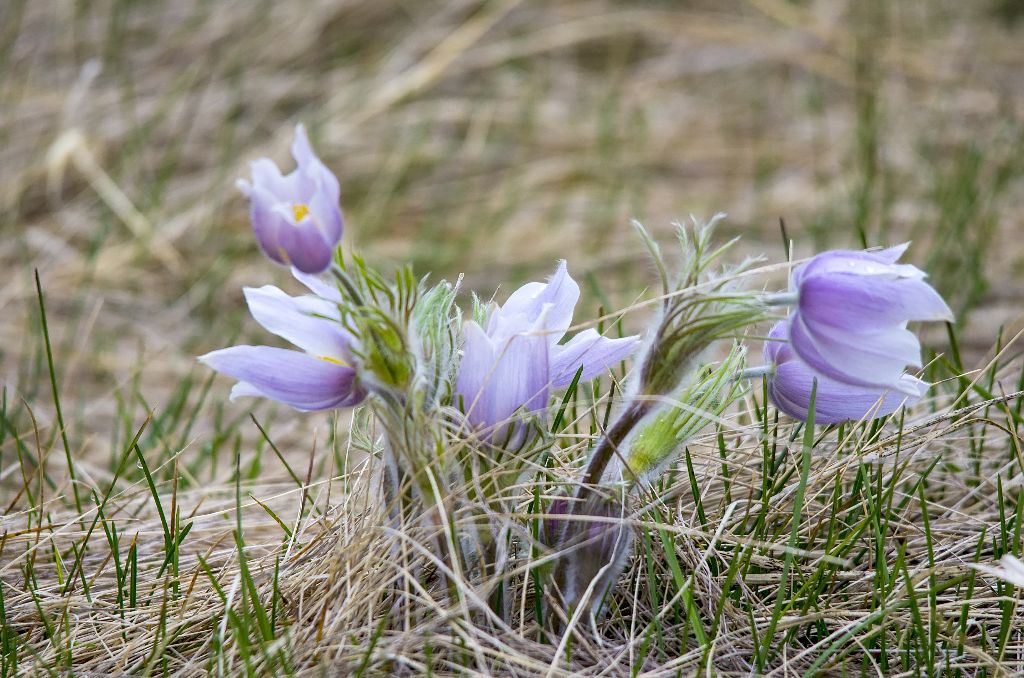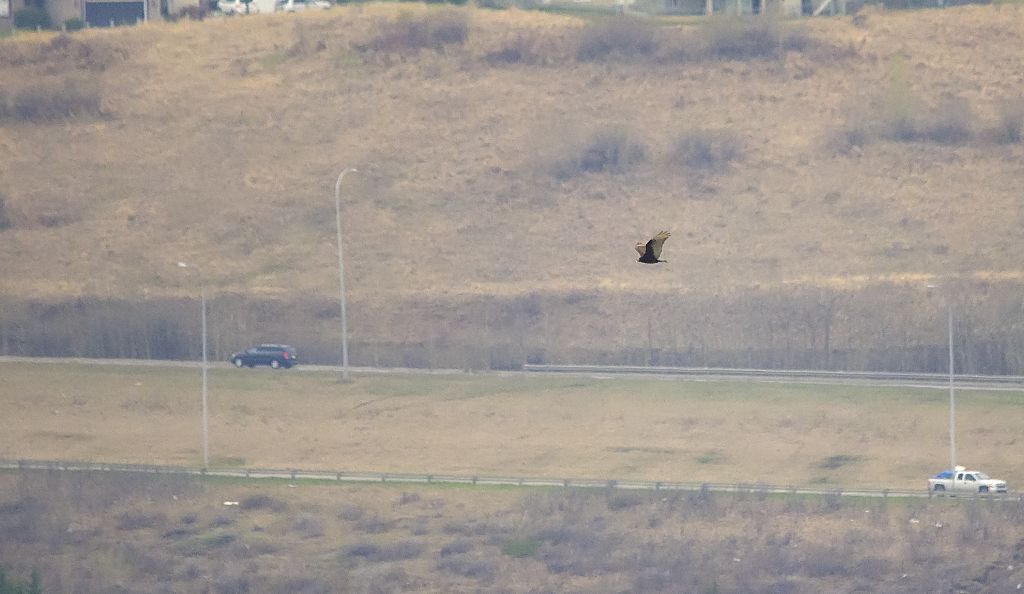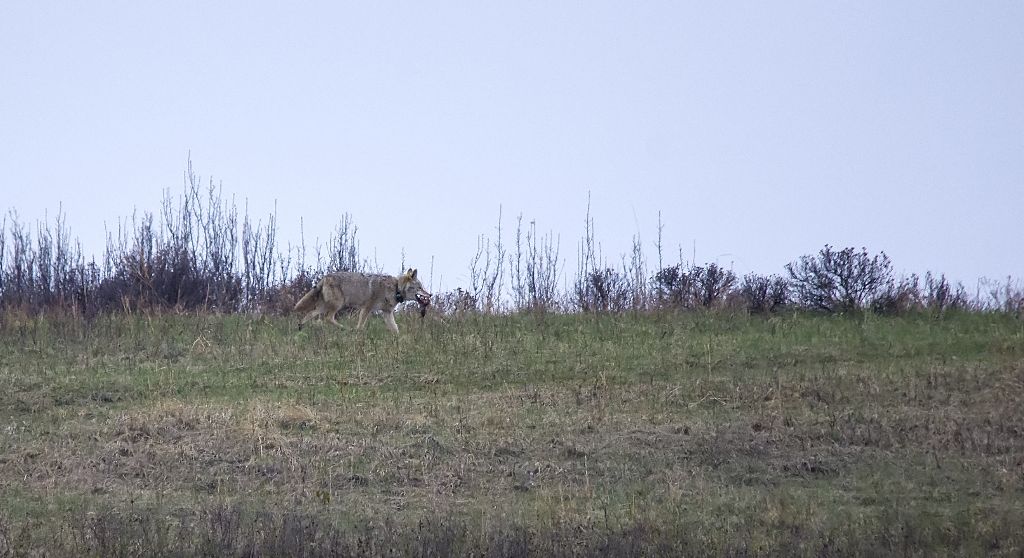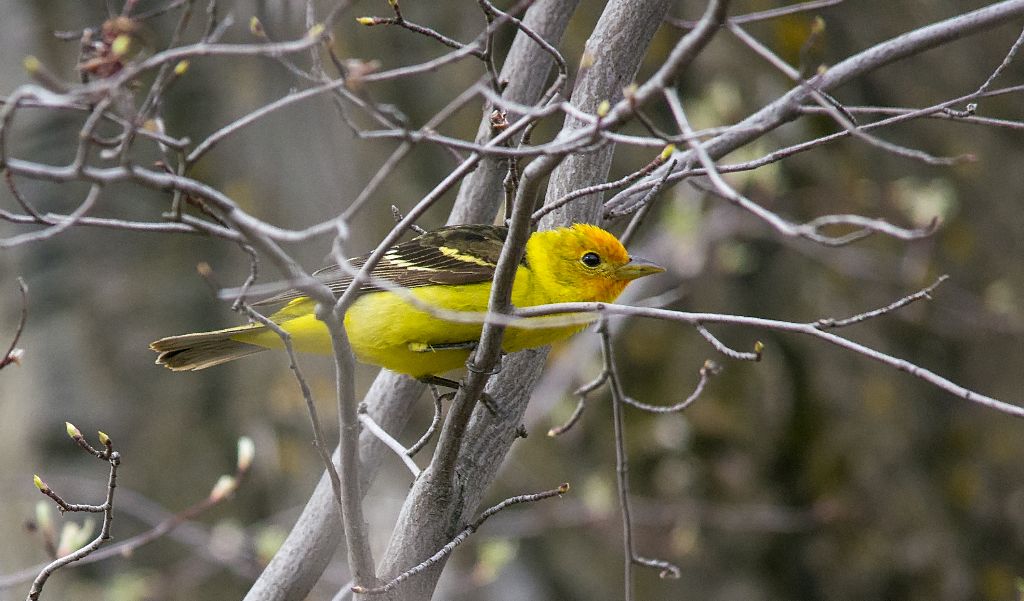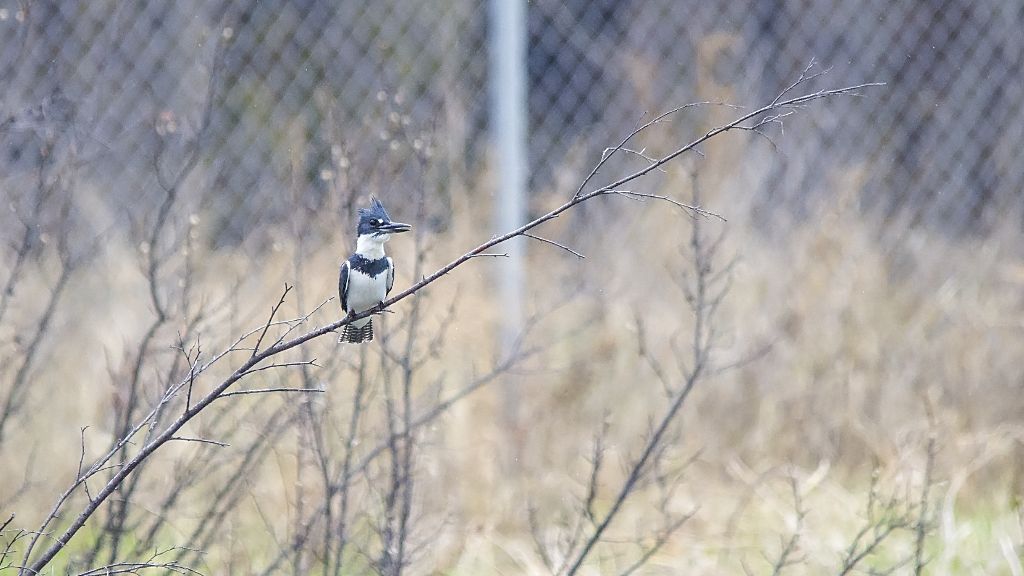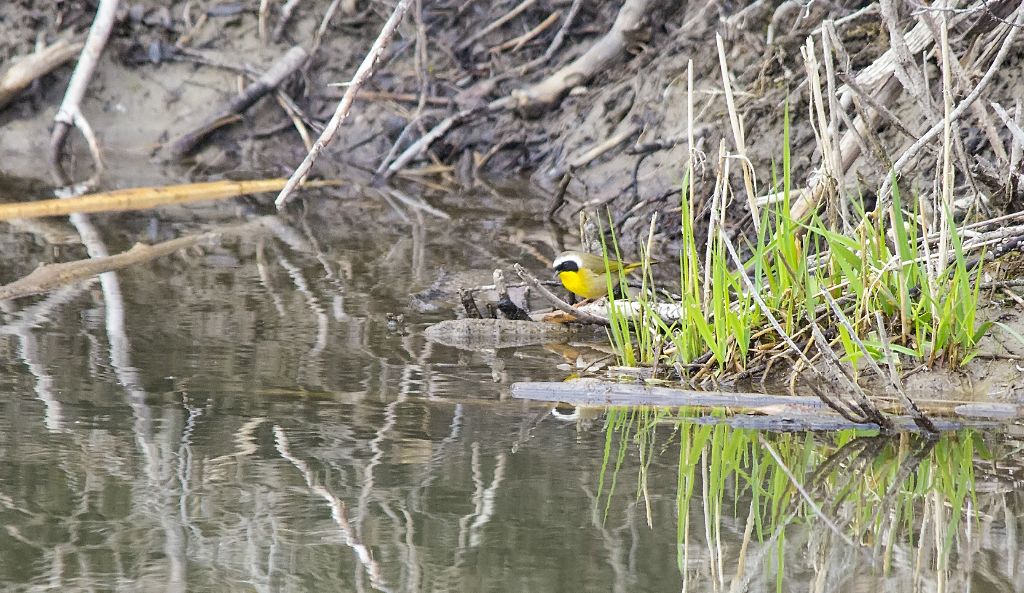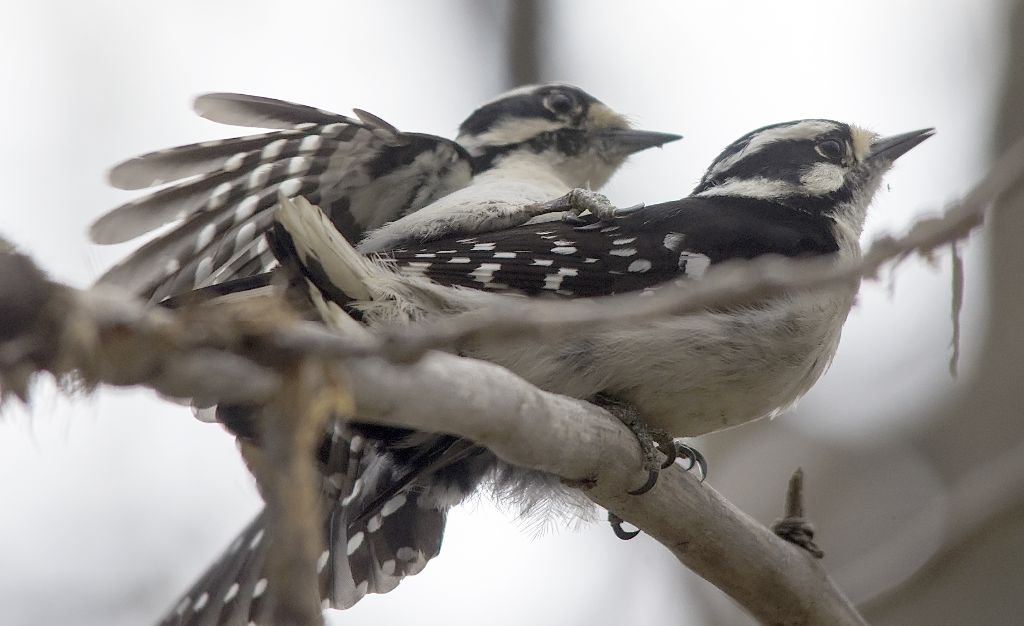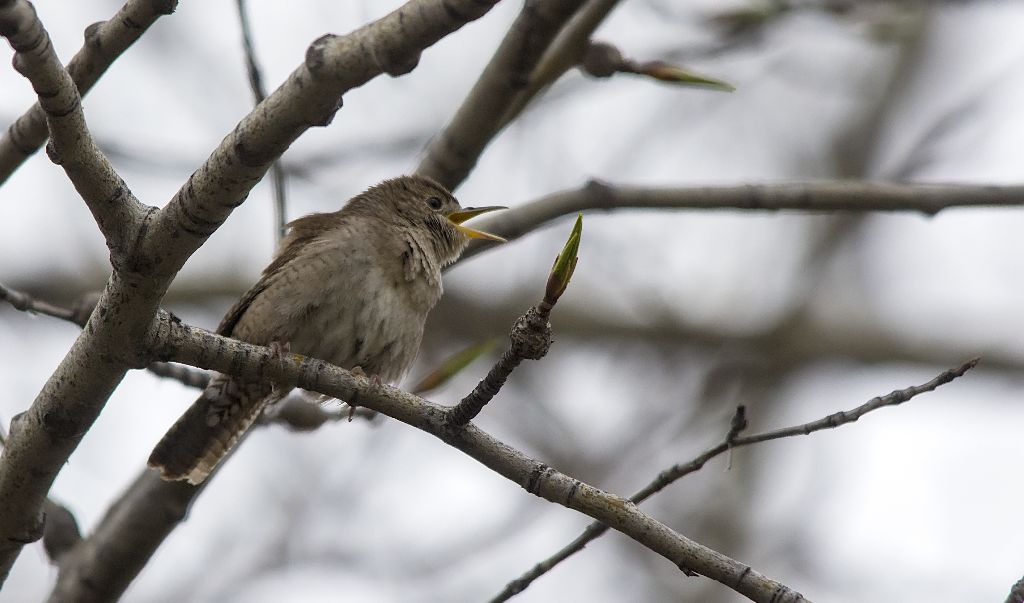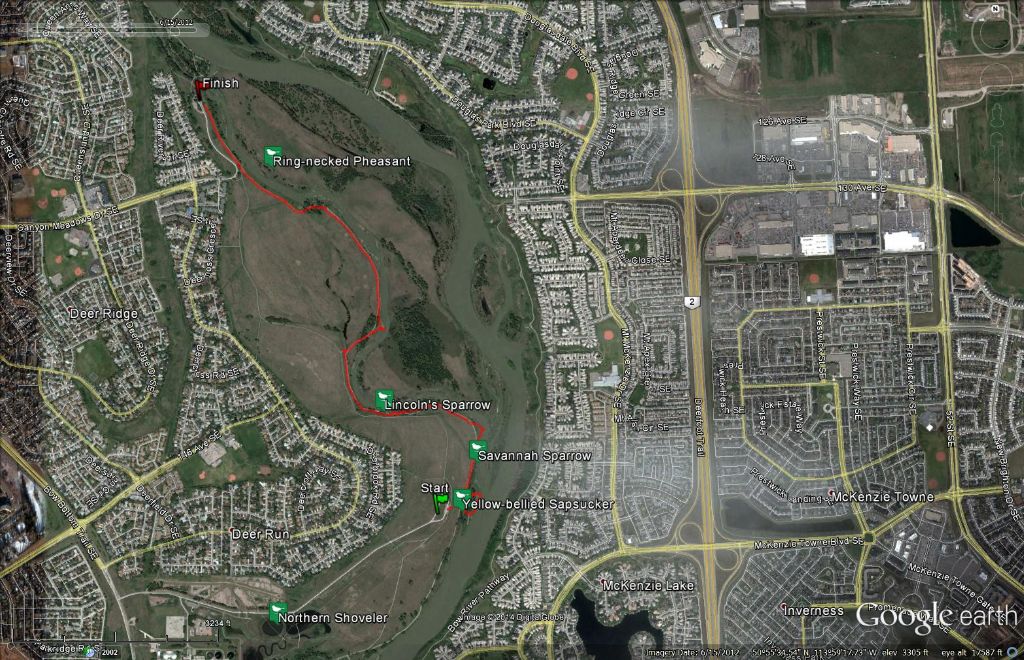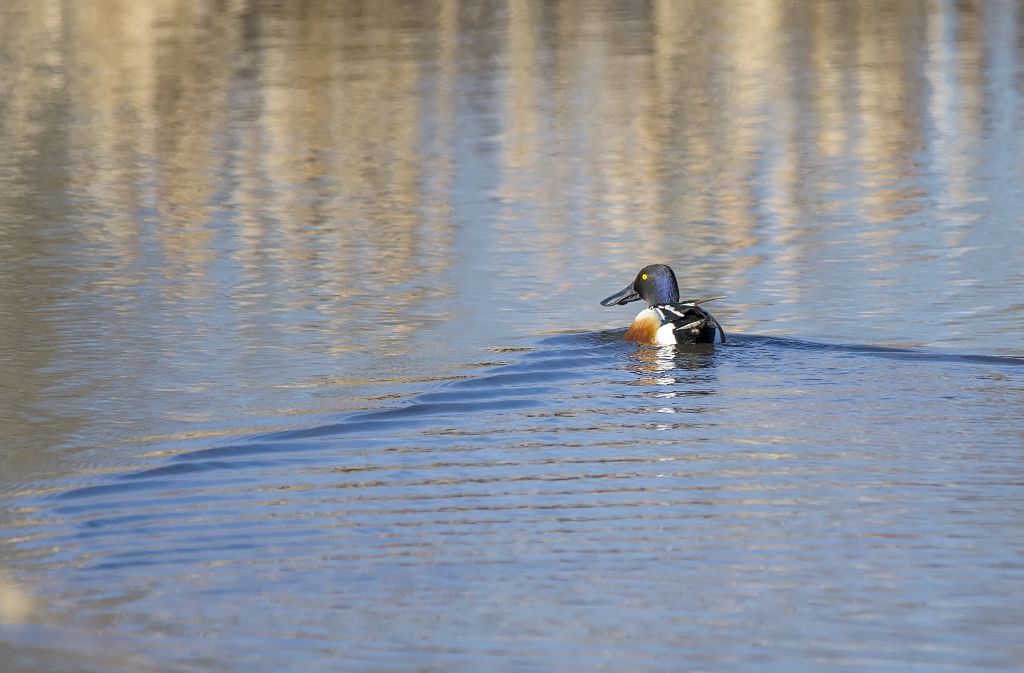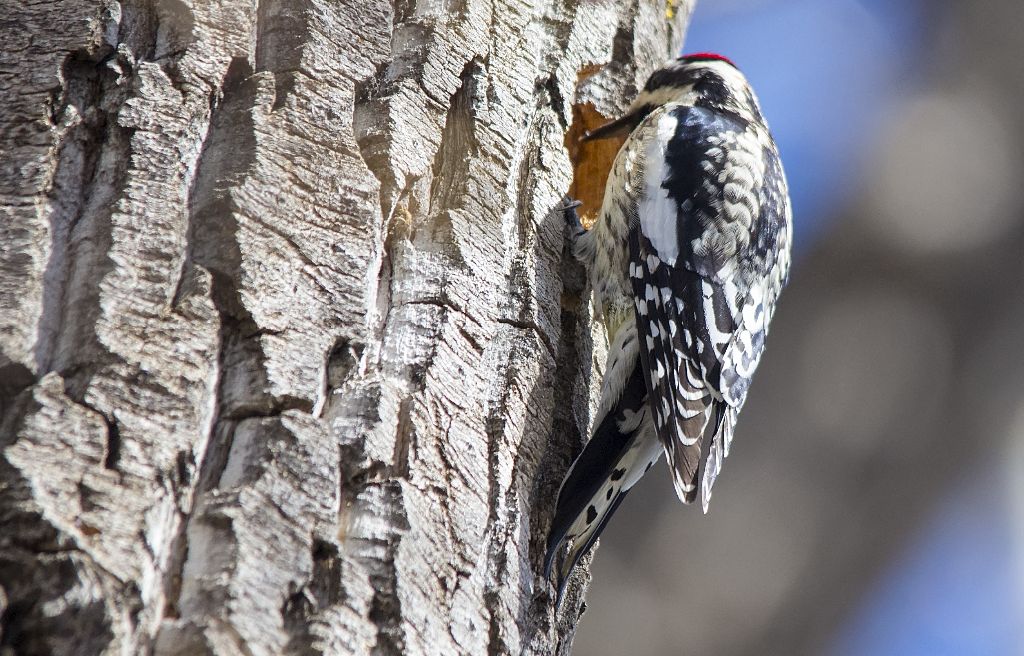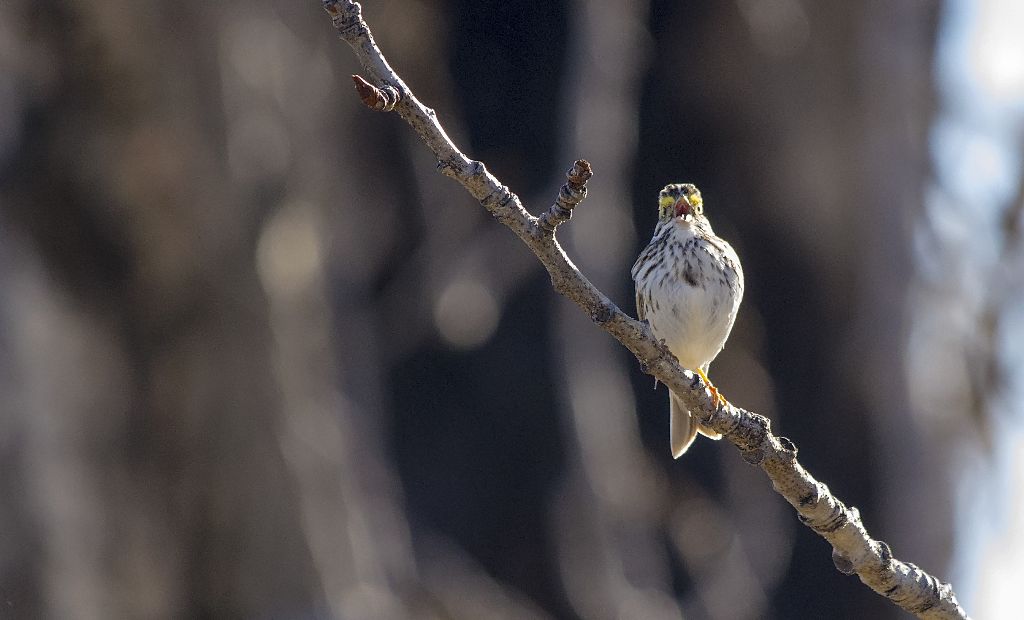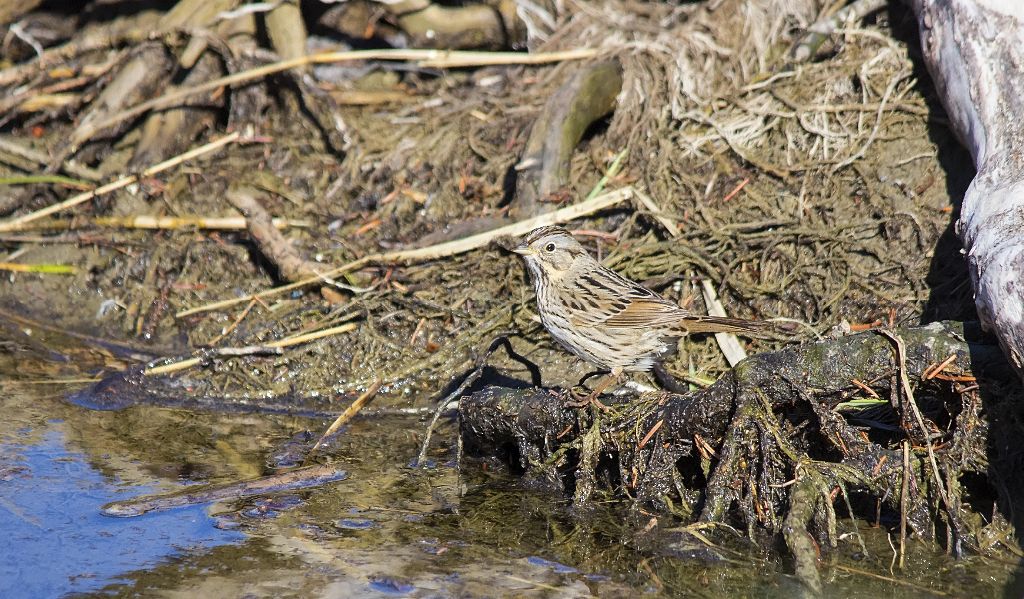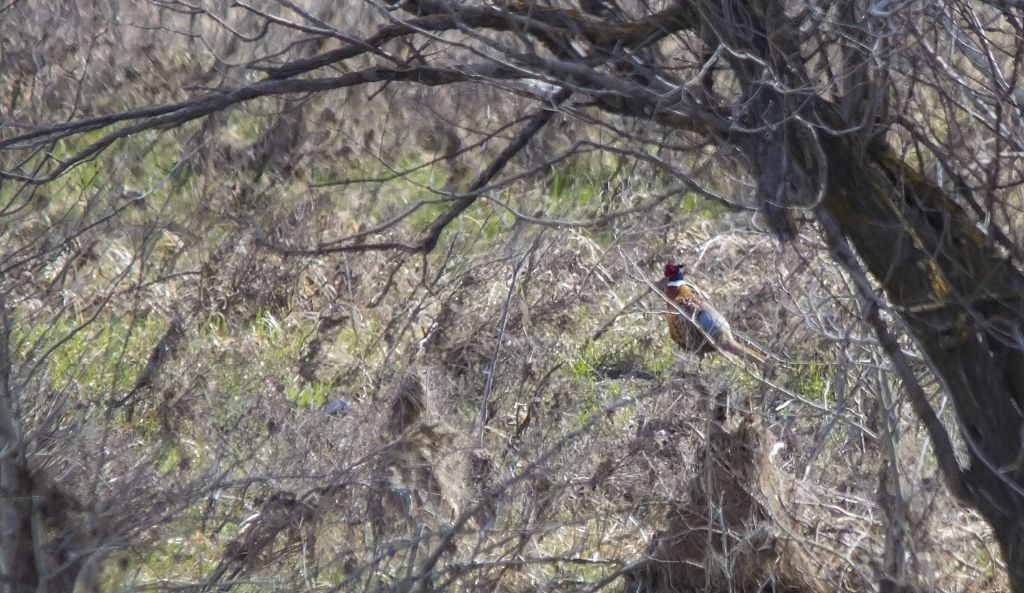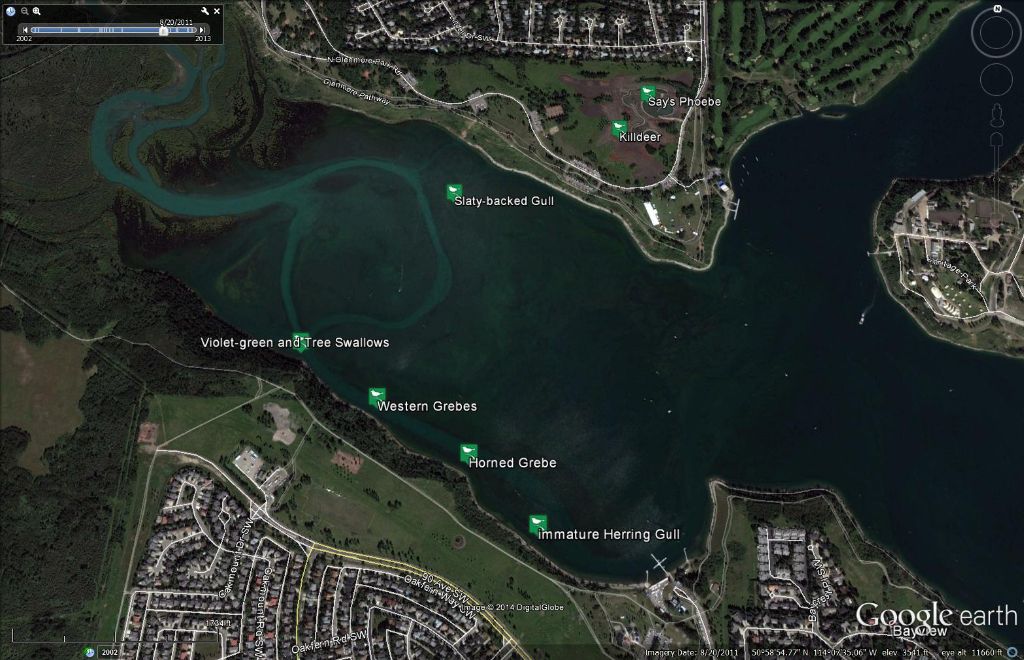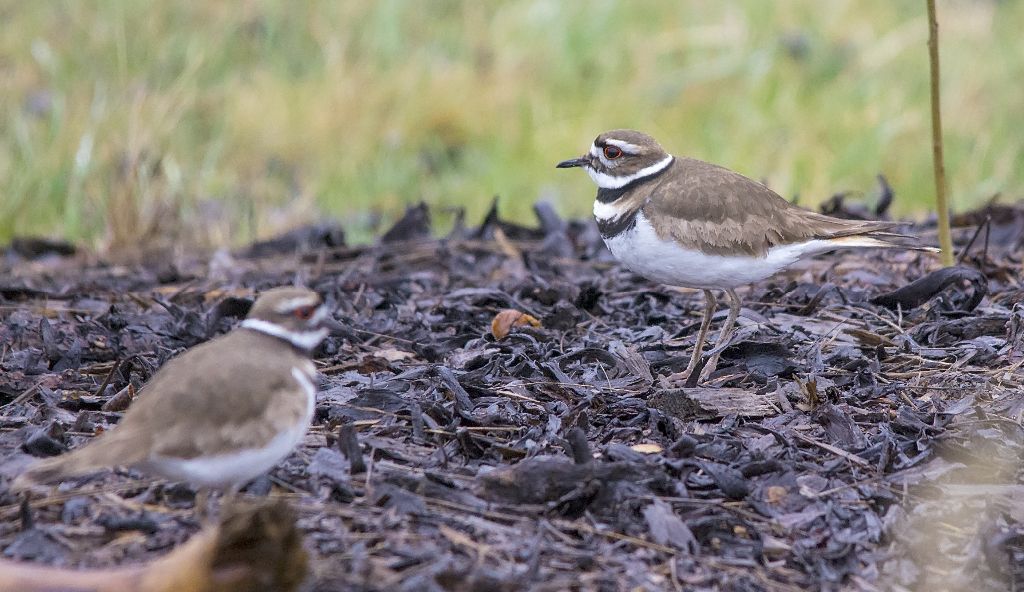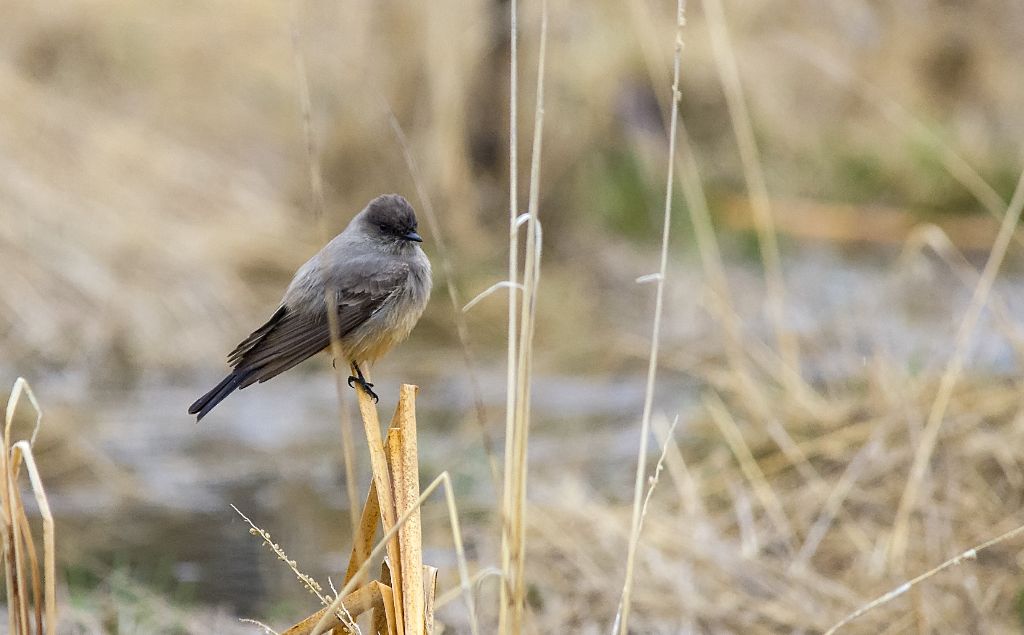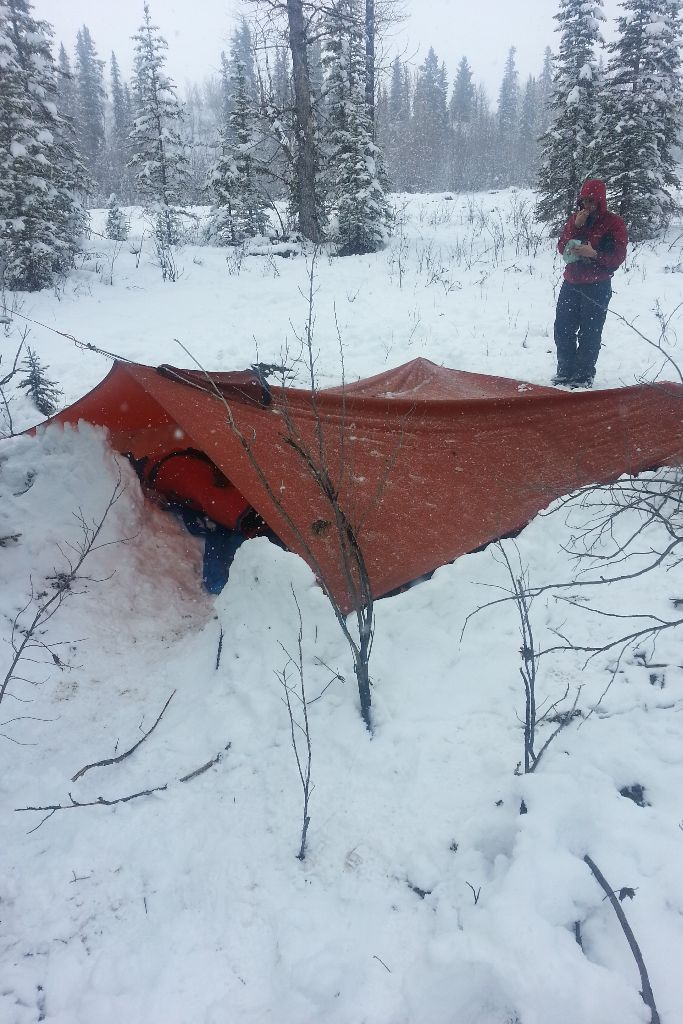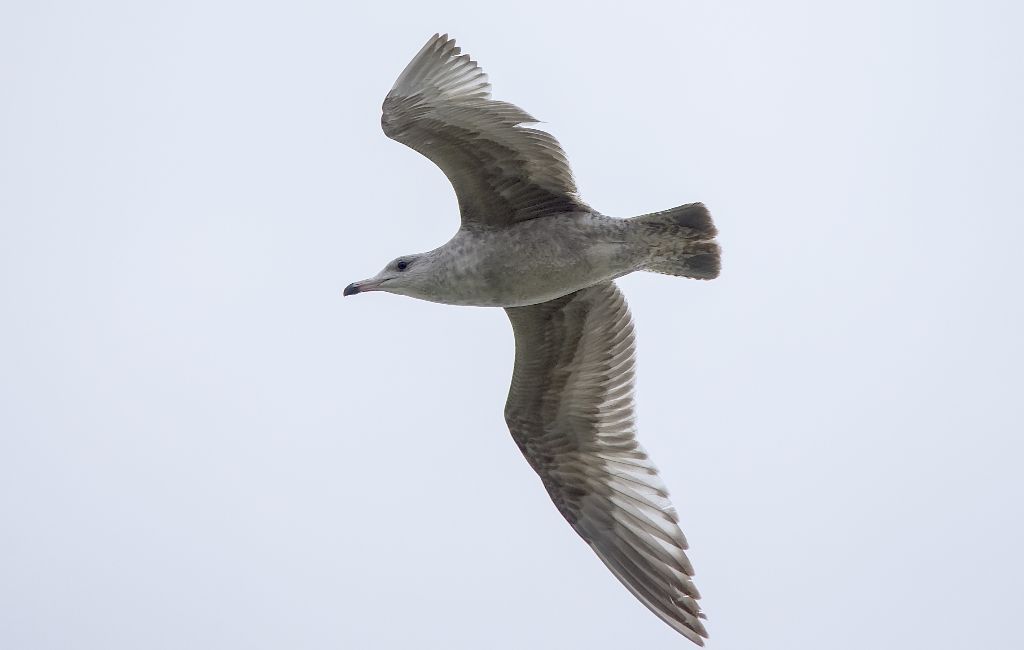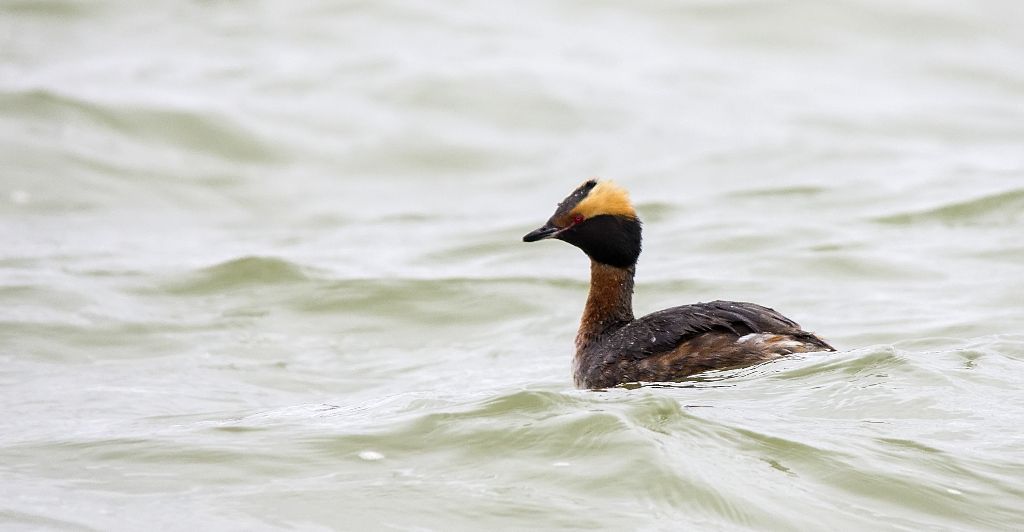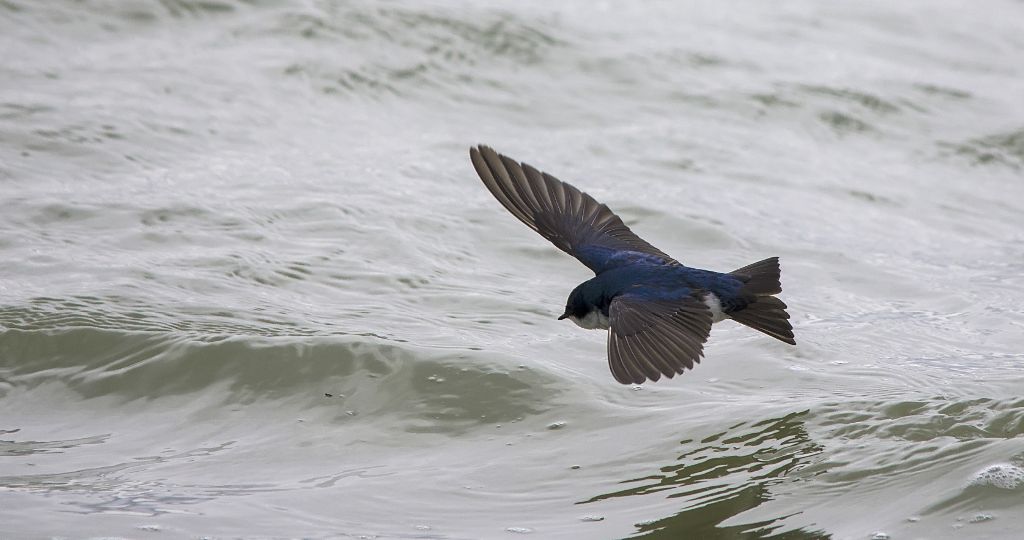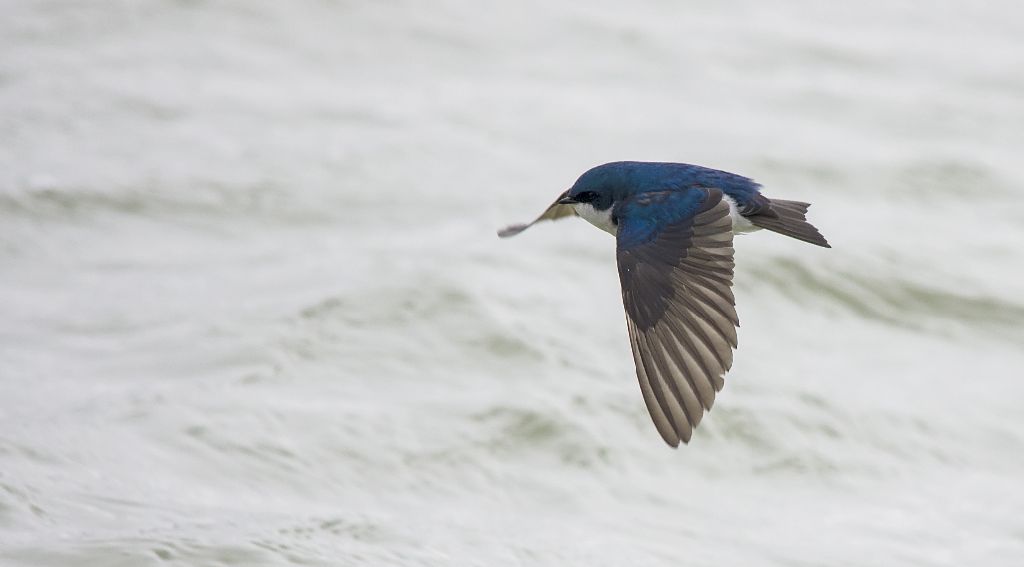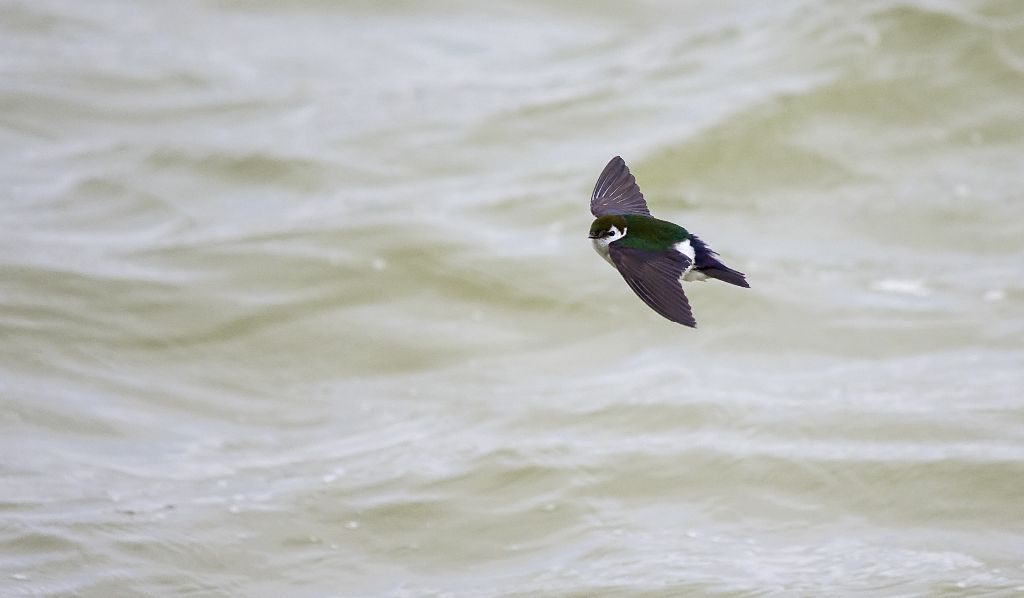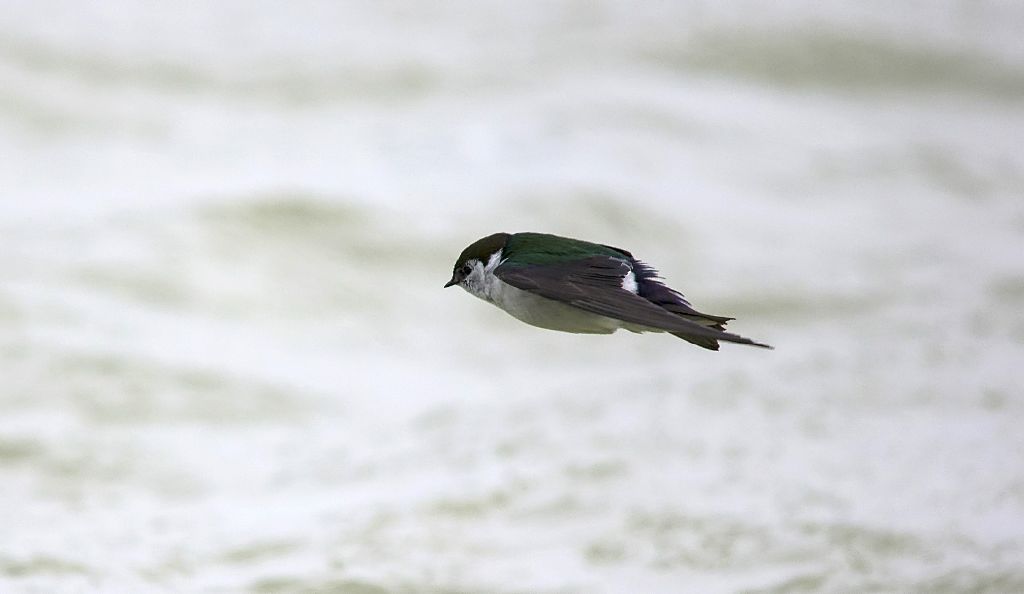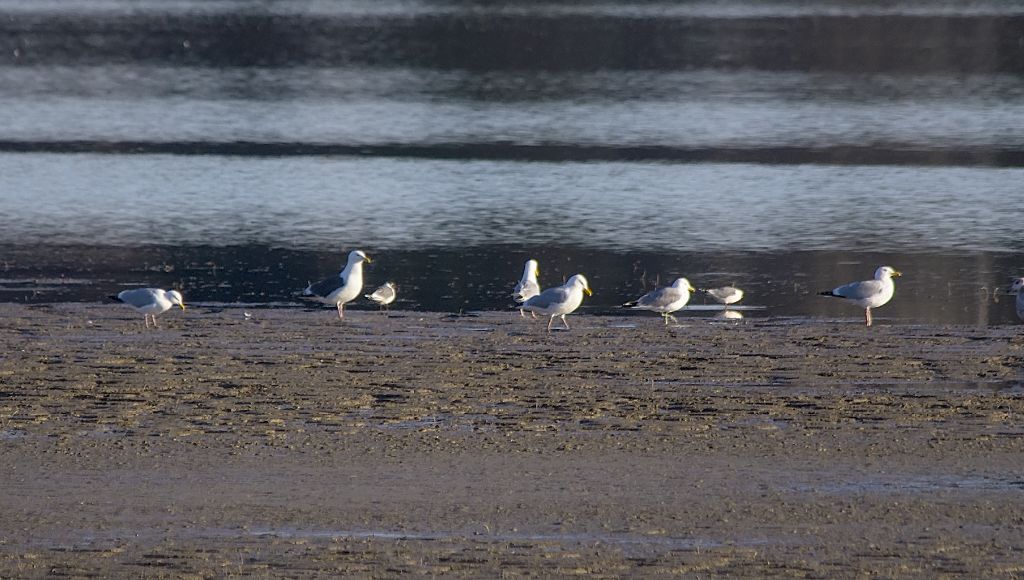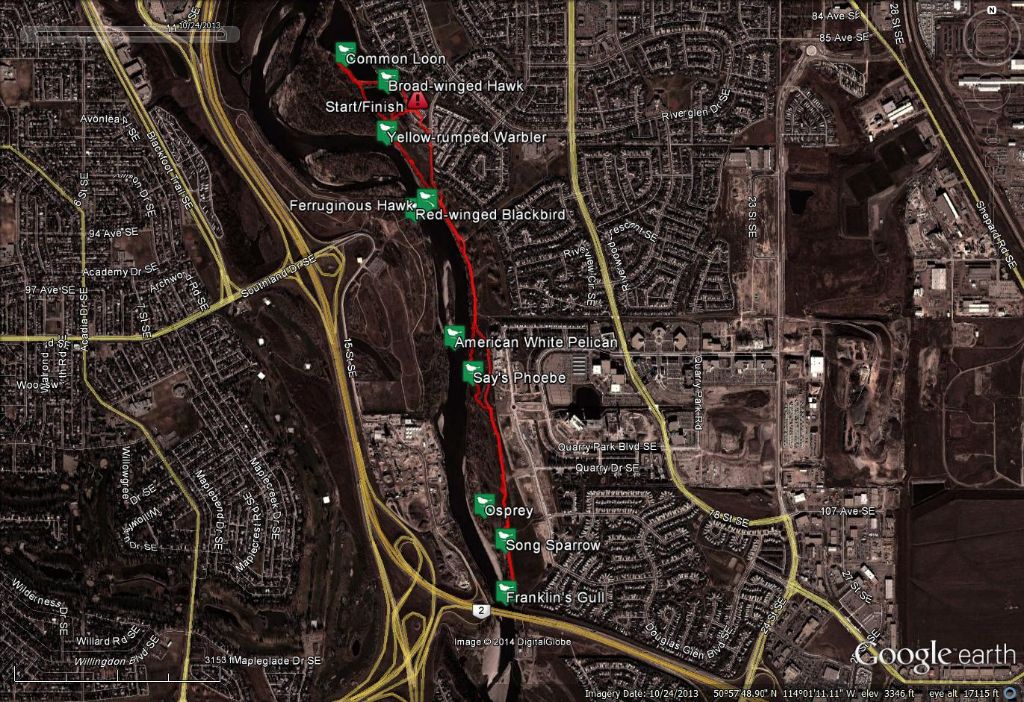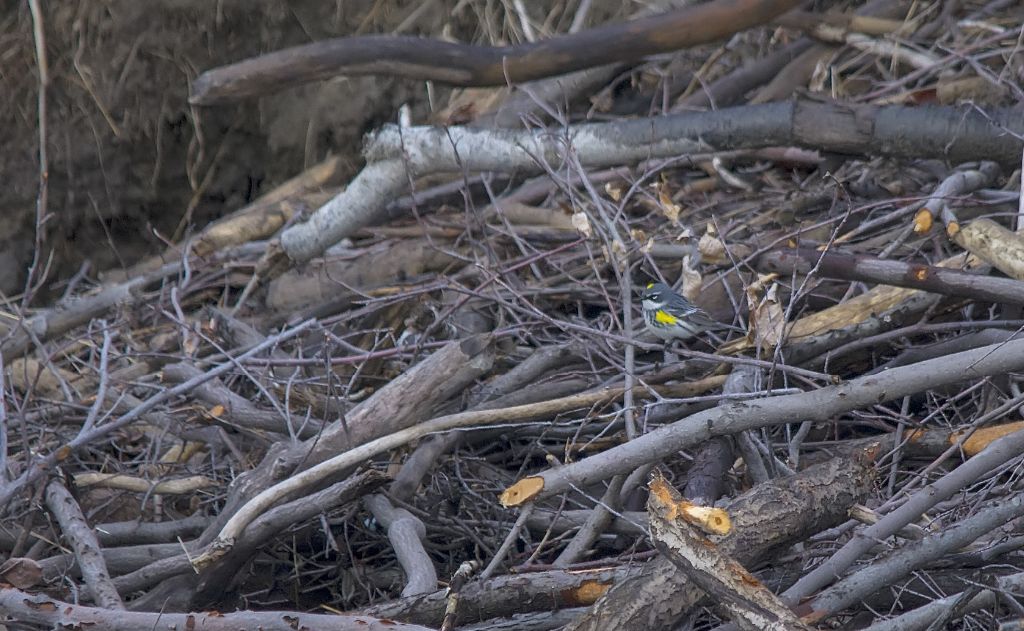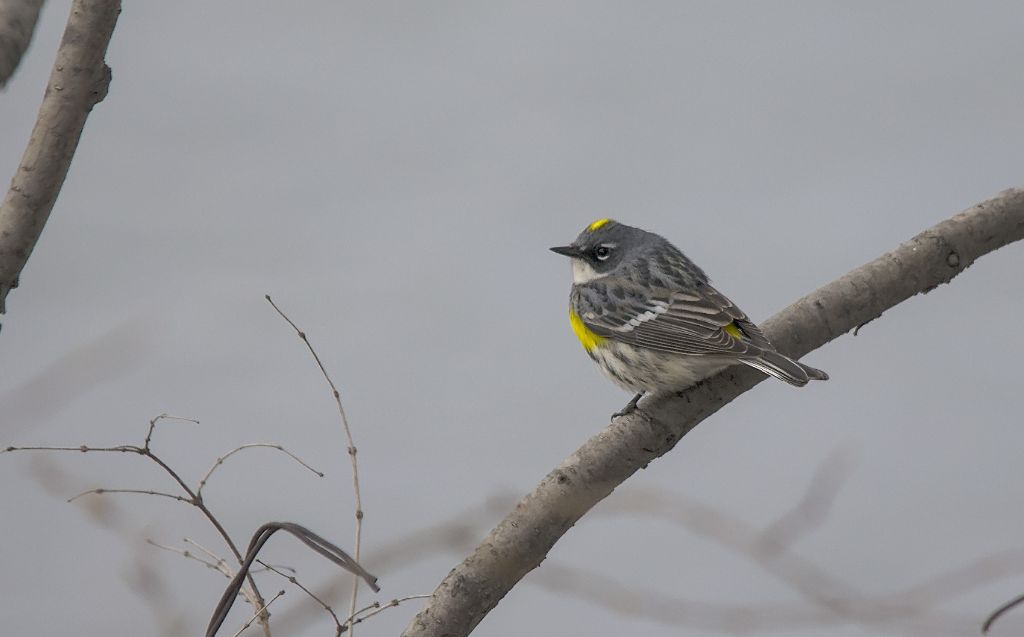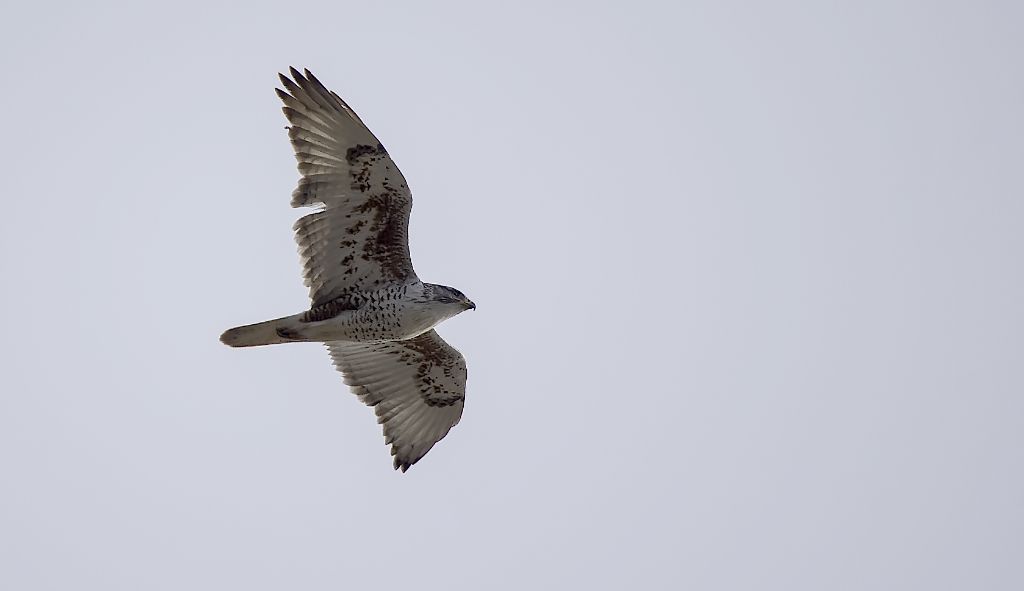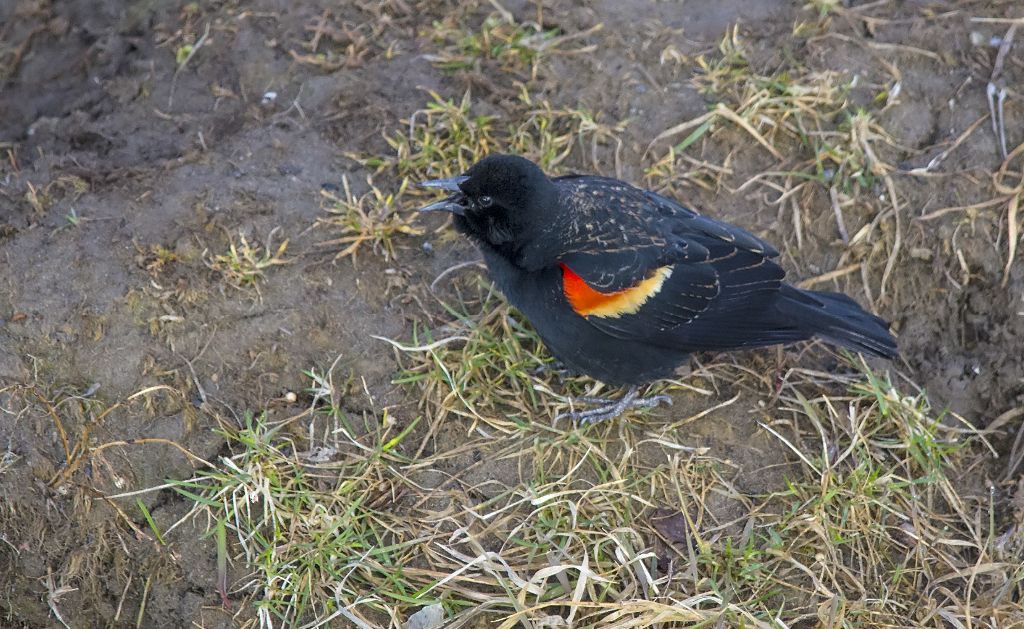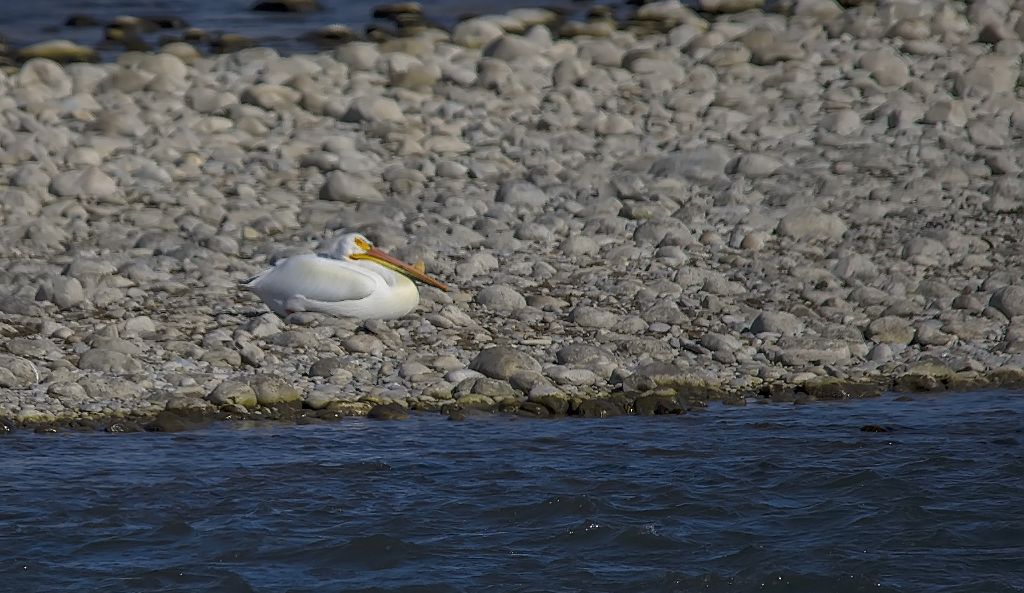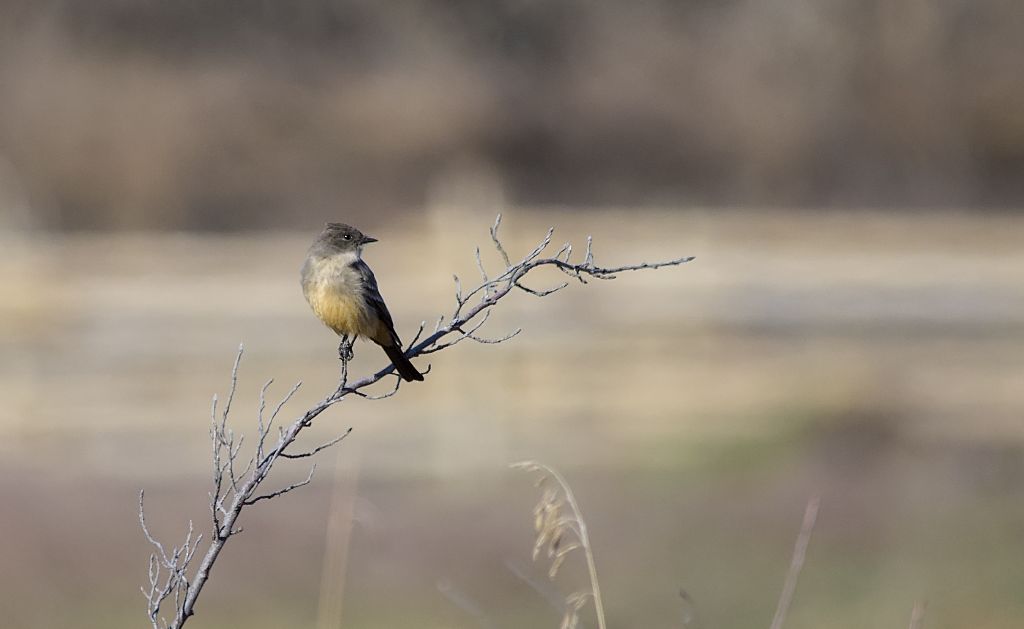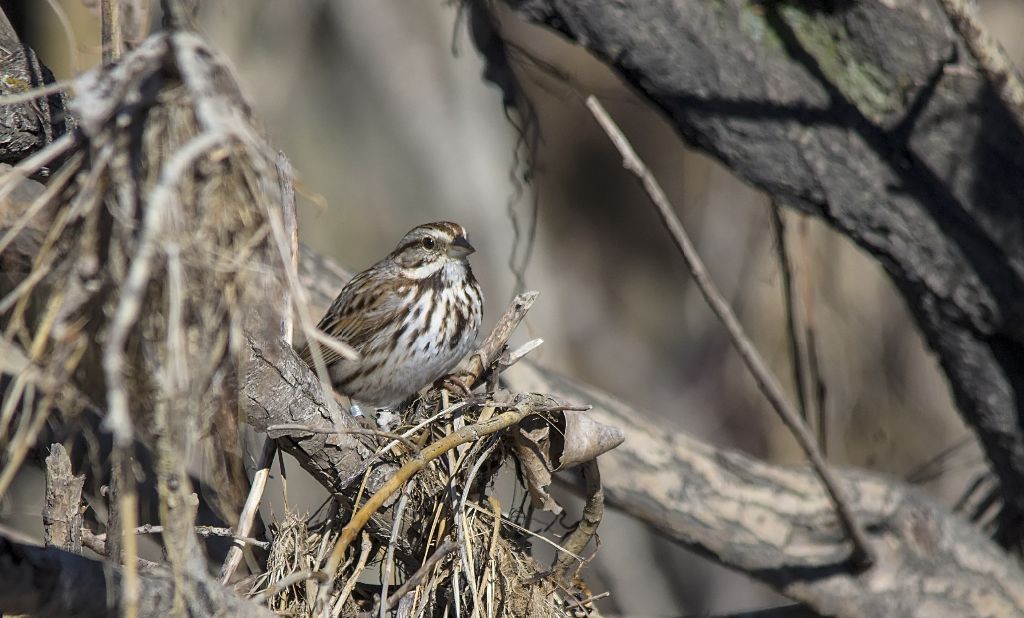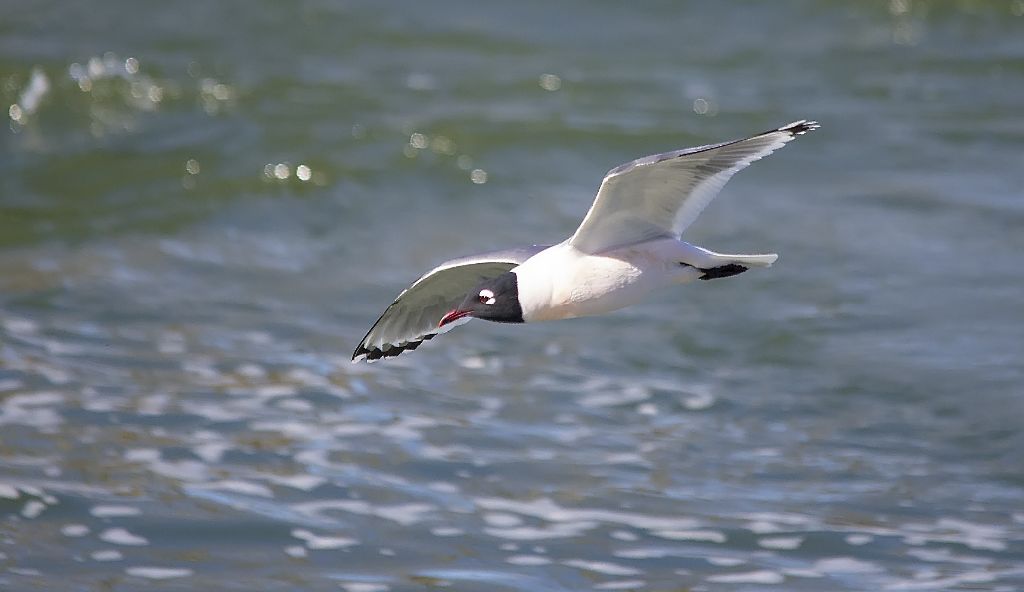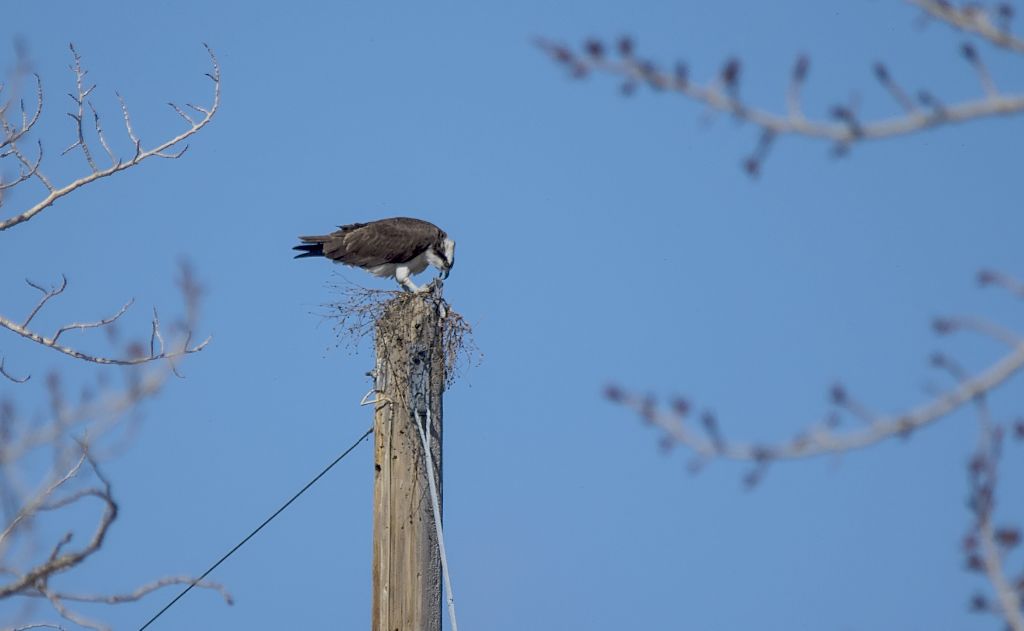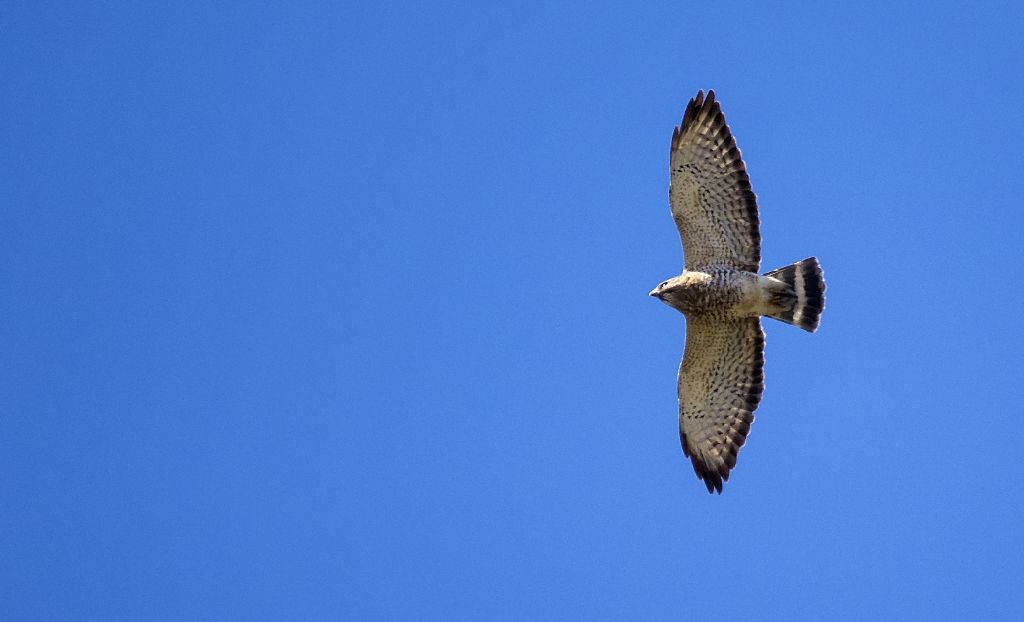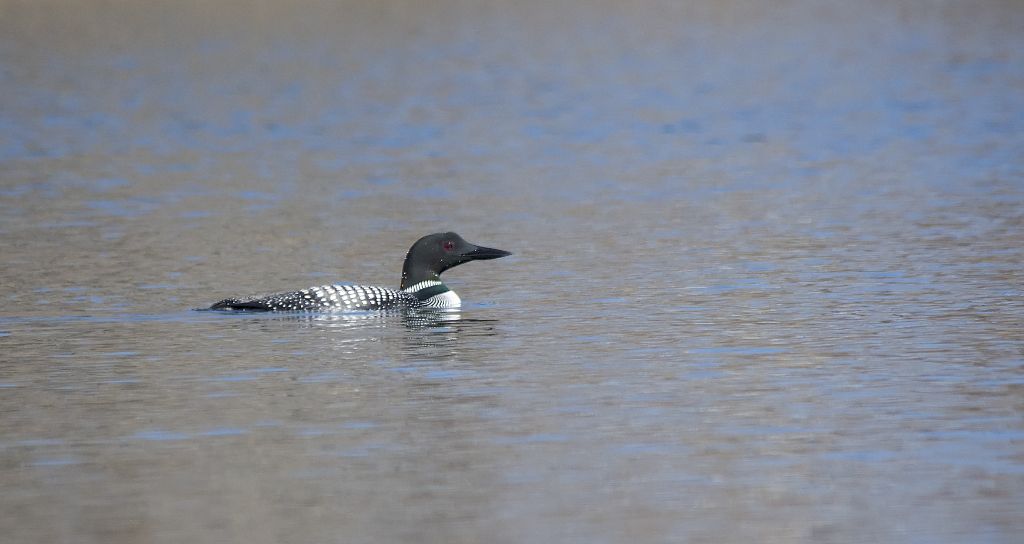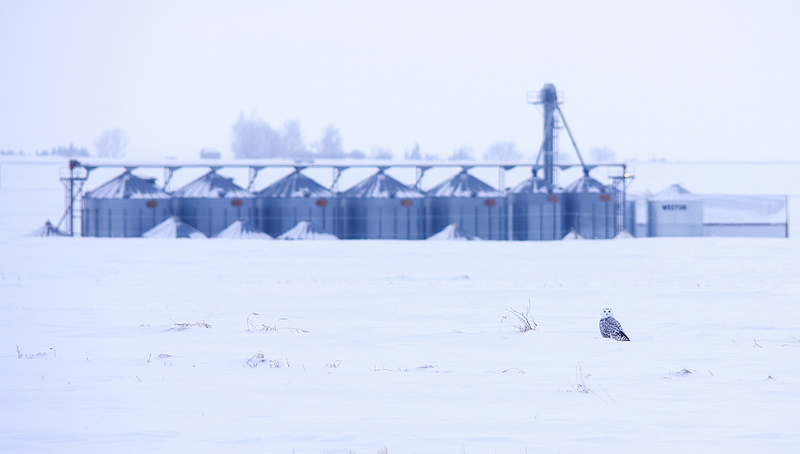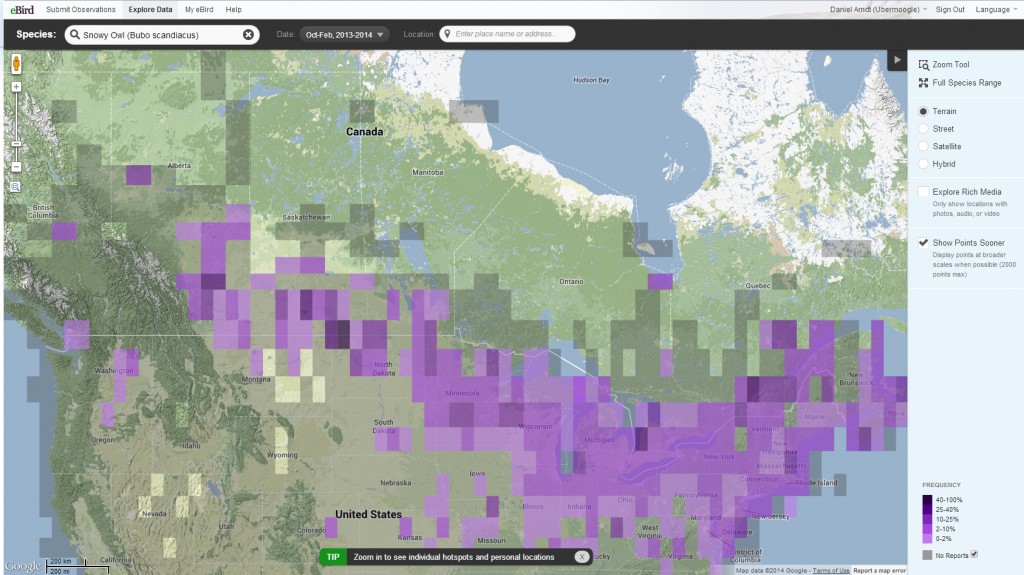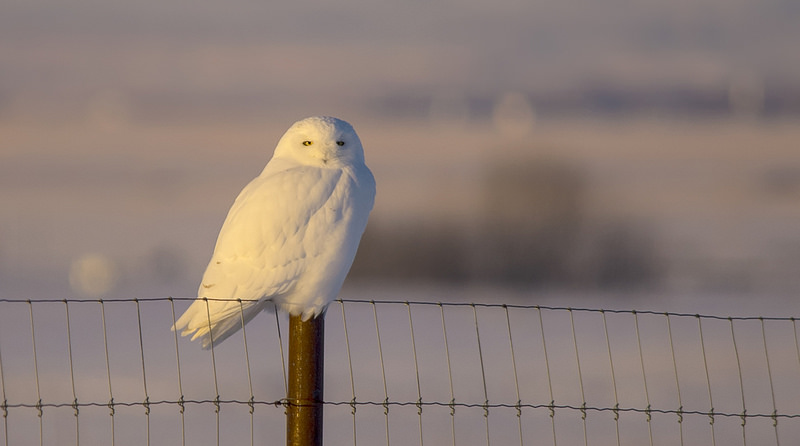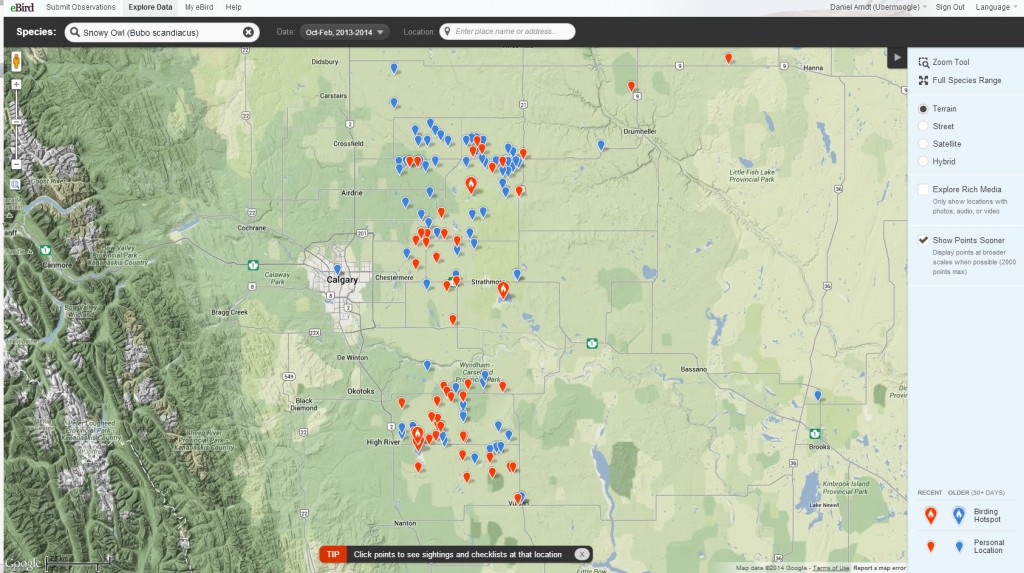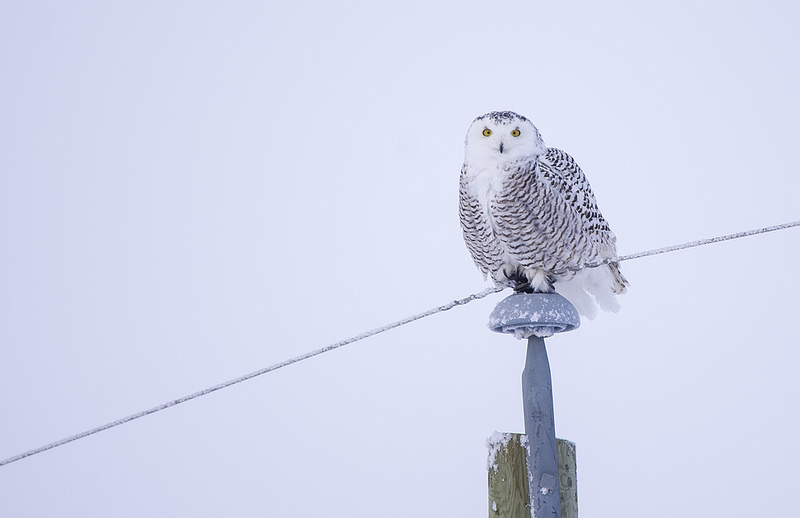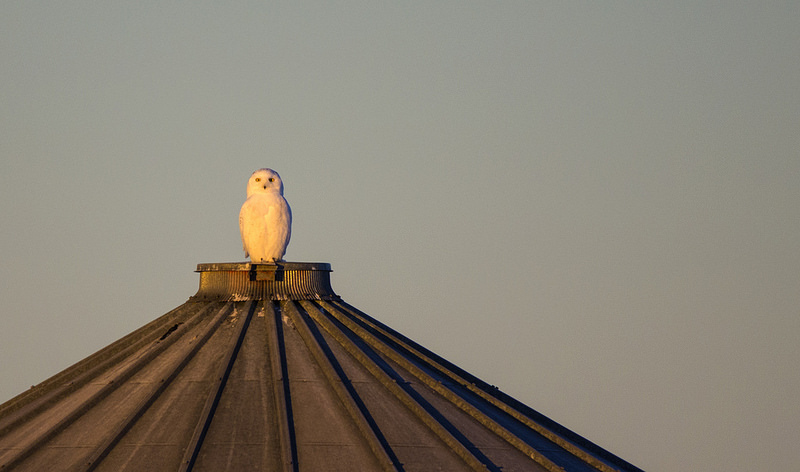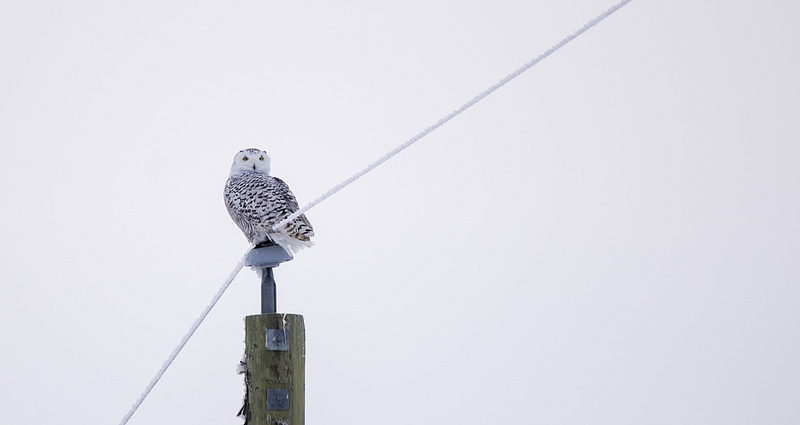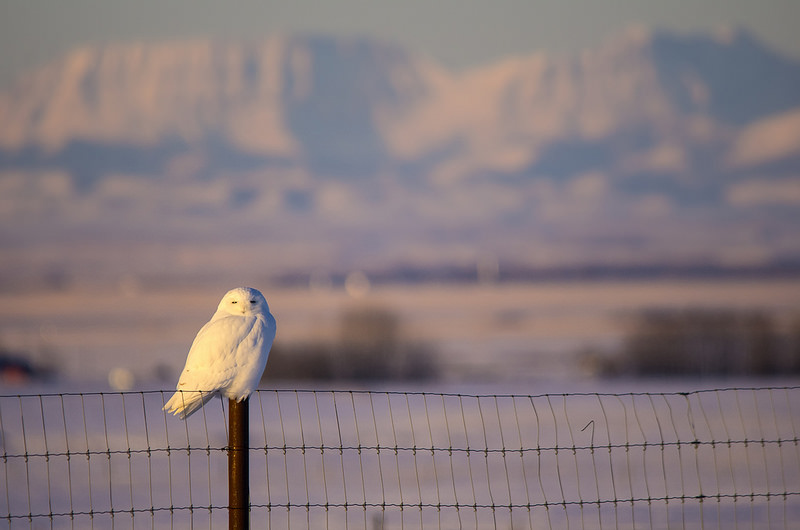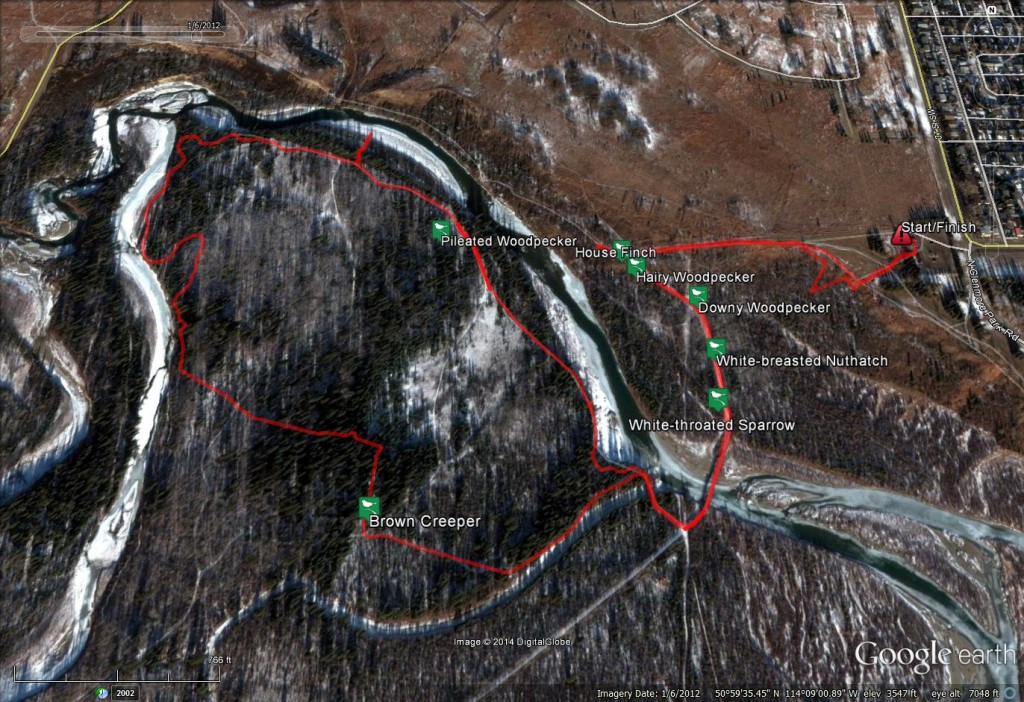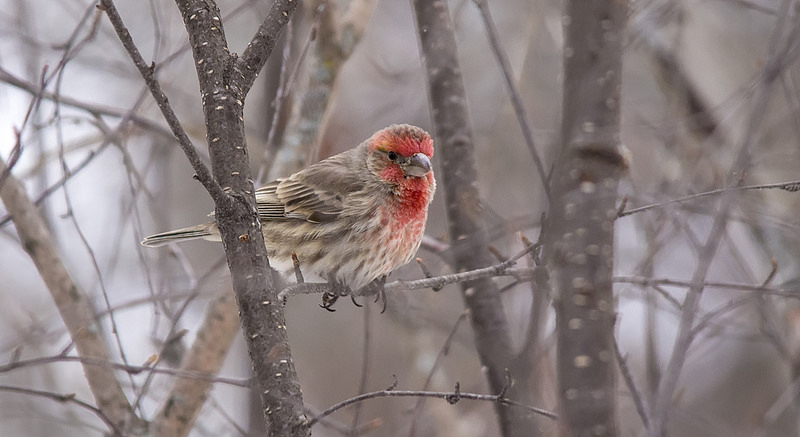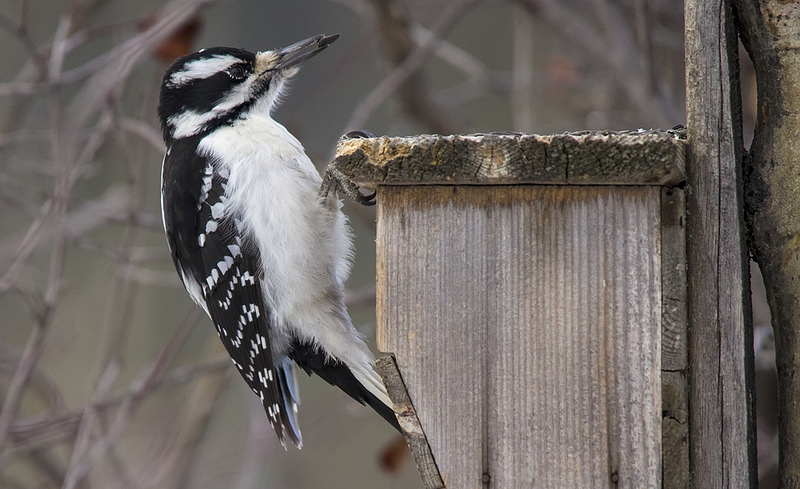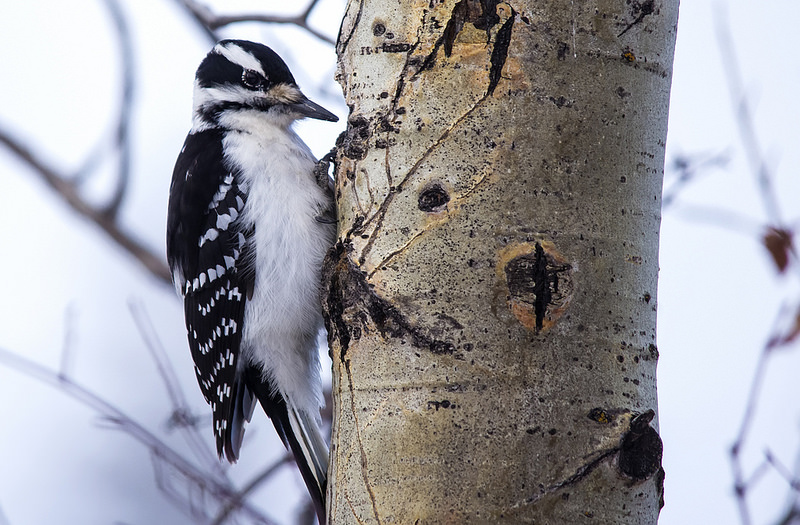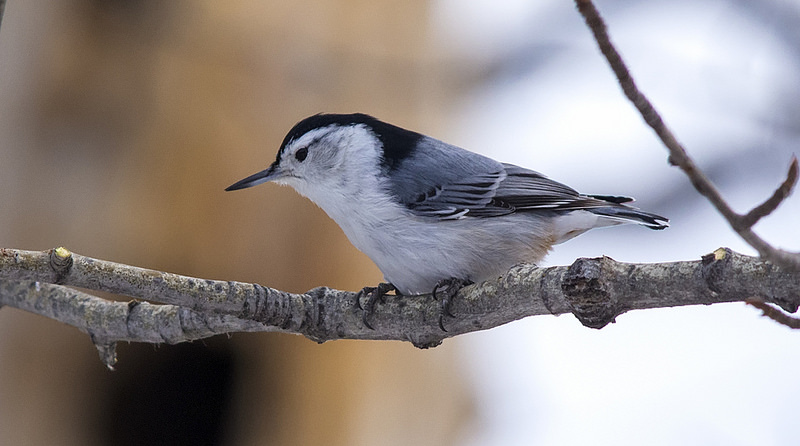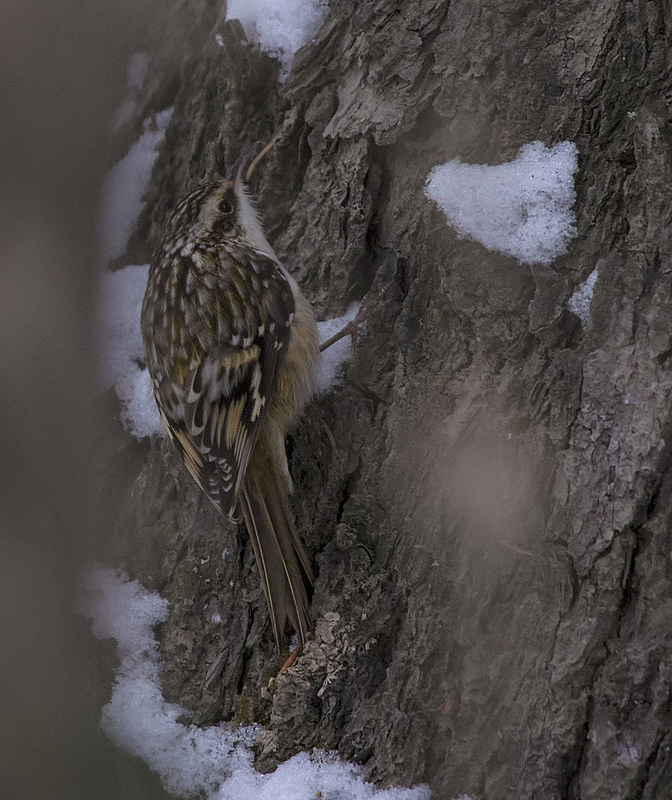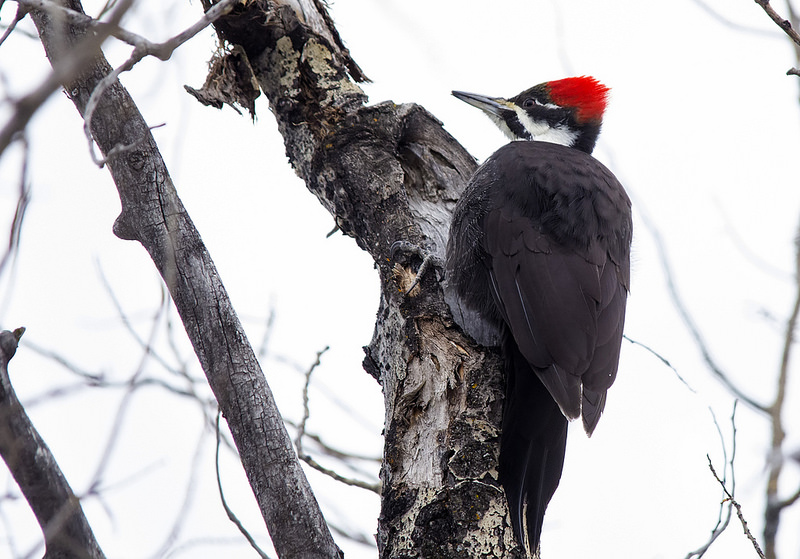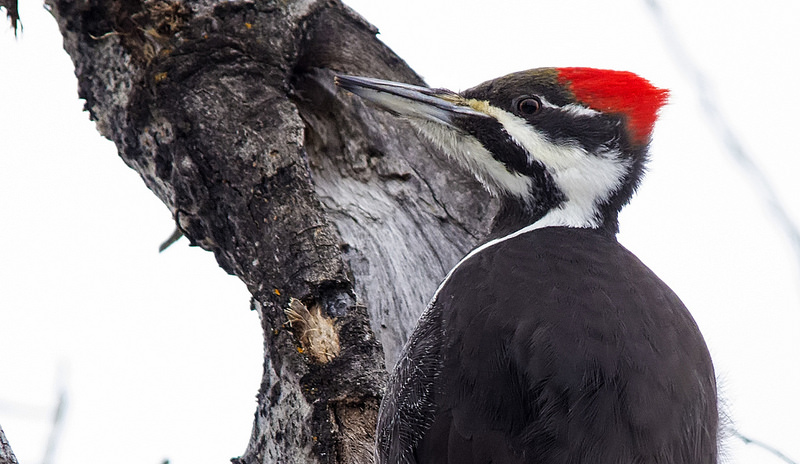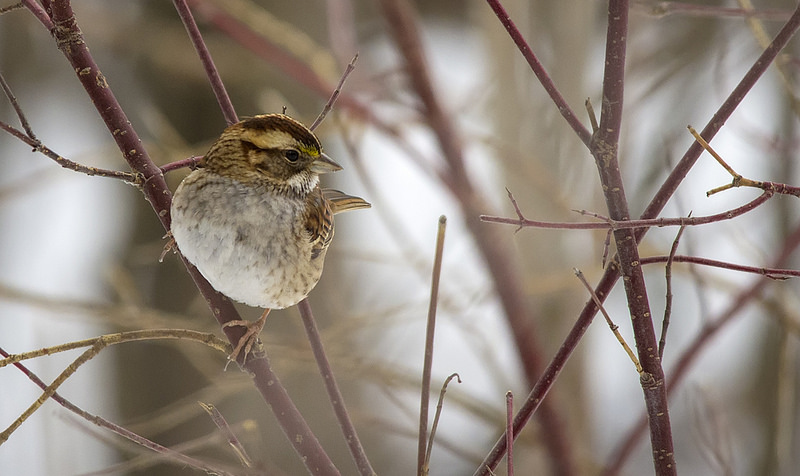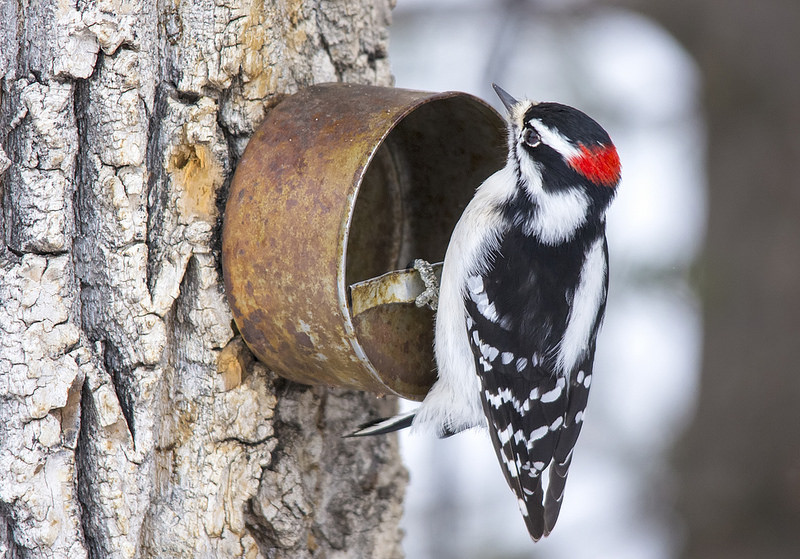Posted by Dan Arndt
The depths of the bitterly cold winter have finally subsided, and so I think it’s about time I get caught up on our last two outings.
Two weeks ago we headed to Bebo Grove in search of the Great Gray Owl, Barred Owl, and American Three-toed Woodpecker that had been seen there once again through the winter. We explored some of the back trails which I had never been on, but now that I know these areas exist, I’ll definitely be back, especially come summer!
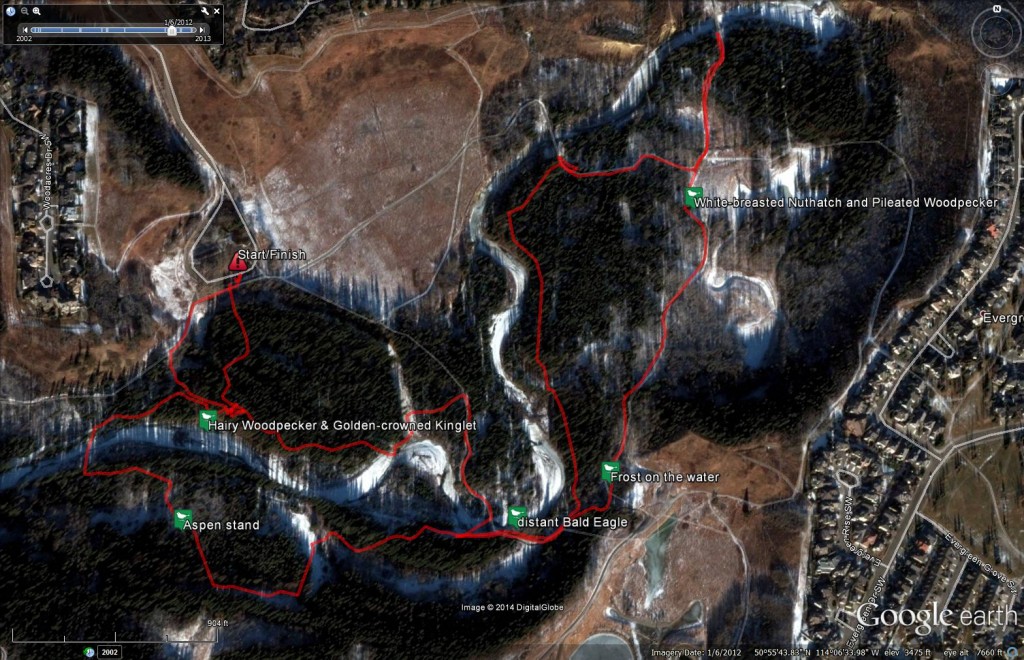
Bebo Grove – February 23, 2014
After a search where the Three-toed Woodpecker had been seen before, we moved deeper into Bebo Grove. As we crossed Fish Creek, this nearly adult Bald Eagle flew into the trees nearby, and was promptly mobbed by Black-capped Chickadees and a few Downy Woodpeckers before flying off once again.
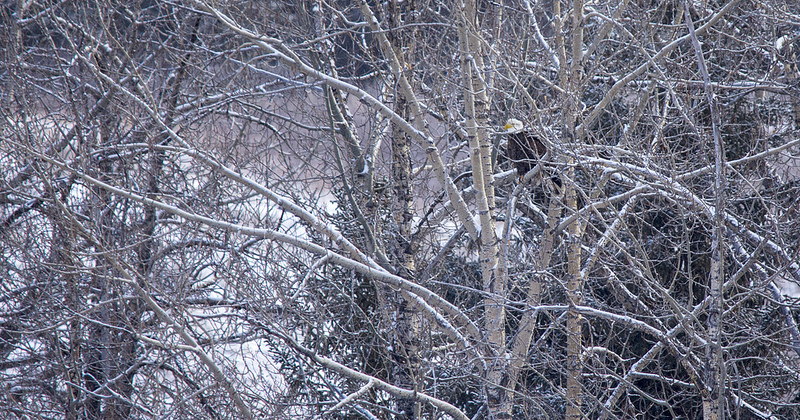
Bald Eagle
Bebo Grove – February 23, 2014
Pentax K-5 + Sigma 150-500@500mm
1/500sec., ƒ/6.3, ISO 1000
It was cold. Bitterly cold. The birds seemed distant, and few and far between, but sometimes the lack of birds will draw attention to some of the other features worth photographing. These grasses were poking up through the water of one tributary stream to Fish Creek, and had accumulated a good coating of frost on them.
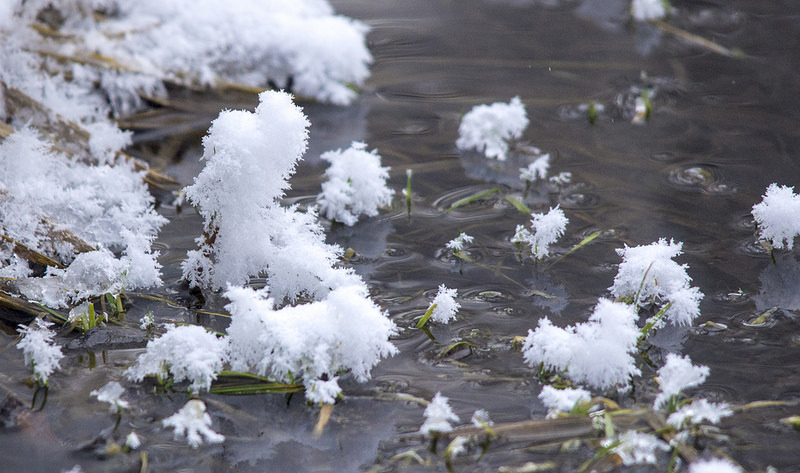
Frost on Fish Creek
Bebo Grove – February 23, 2014
Pentax K-5 + Sigma 150-500@500mm
1/640sec., ƒ/6.3, ISO 640
As we passed the area where the Great Gray Owl had been seen, we heard a single White-breasted Nuthatch singing away, and a little later, one of three Pileated Woodpeckers for the day flew by, and if we hadn’t turned at just the right time, we would have completely missed the fly-by.
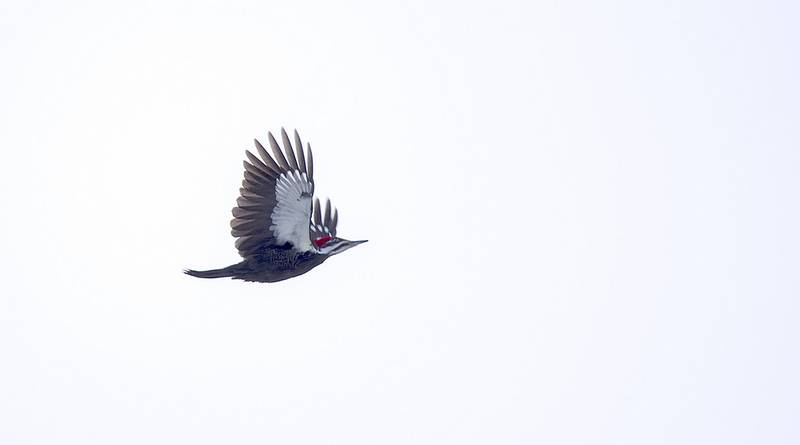
Pileated Woodpecker
Bebo Grove – February 23, 2014
Pentax K-5 + Sigma 150-500@500mm
1/640sec., ƒ/6.3, ISO 640
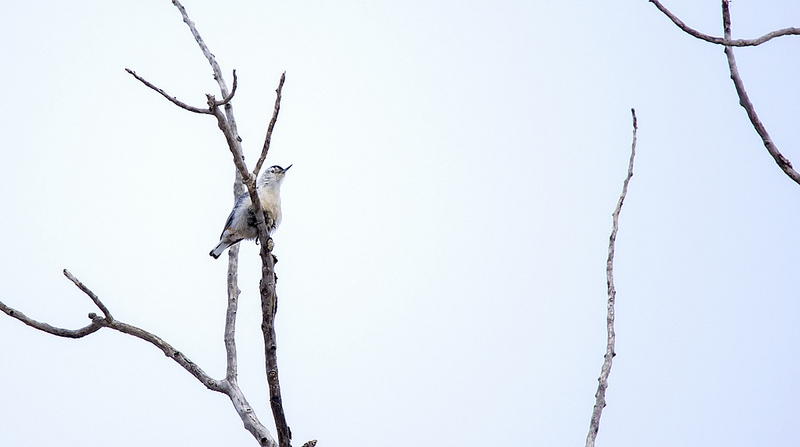
White-breasted Nuthatch
Bebo Grove – February 23, 2014
Pentax K-5 + Sigma 150-500@500mm
1/640sec., ƒ/6.3, ISO 125
As we walked through another area I’d never explored before in search of the Barred Owl, we came up empty once again, but of course I did find something to shoot. There’s no point spending three hours in -30 degree weather unless you get some images to take home with you! This stand of aspen looked like a black and white photo as it was, and I’m not sure what it is exactly, but I never get tired of seeing row after row of them.
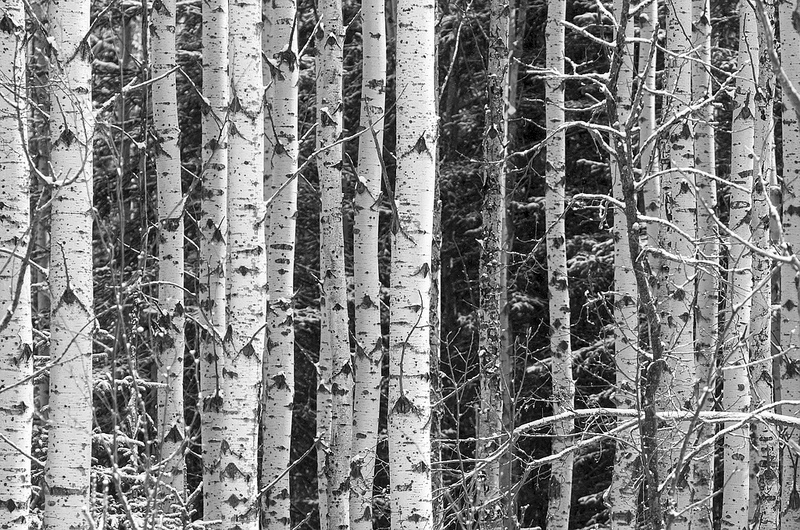
Aspen
Bebo Grove – February 23, 2014
Pentax K-5 + Sigma 150-500@150mm
1/640sec., ƒ/5.6, ISO 320
From that point onward, things started getting busier and louder. Another pan through the grove where the Three-toed Woodpecker had turned up for others only turned up a Golden-crowned Kinglet, a few of both White-breasted and Red-breasted Nuthatches, and our only Hairy Woodpecker we found that day.
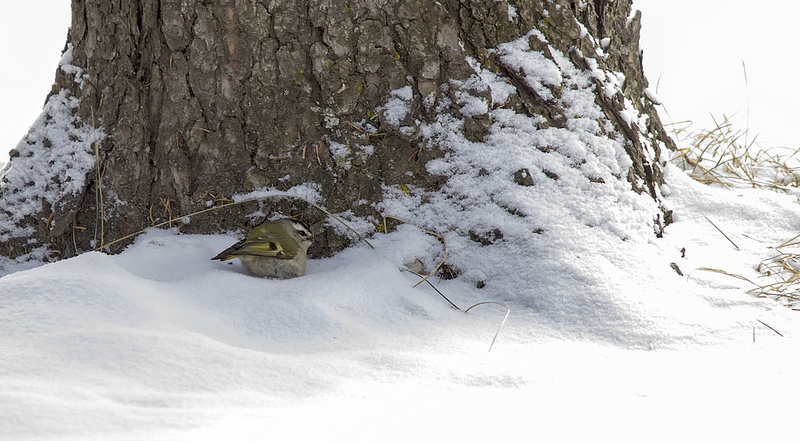
Golden-crowned Kinglet
Bebo Grove – February 23, 2014
Pentax K-5 + Sigma 150-500@500mm
1/640sec., ƒ/6.3, ISO 2500
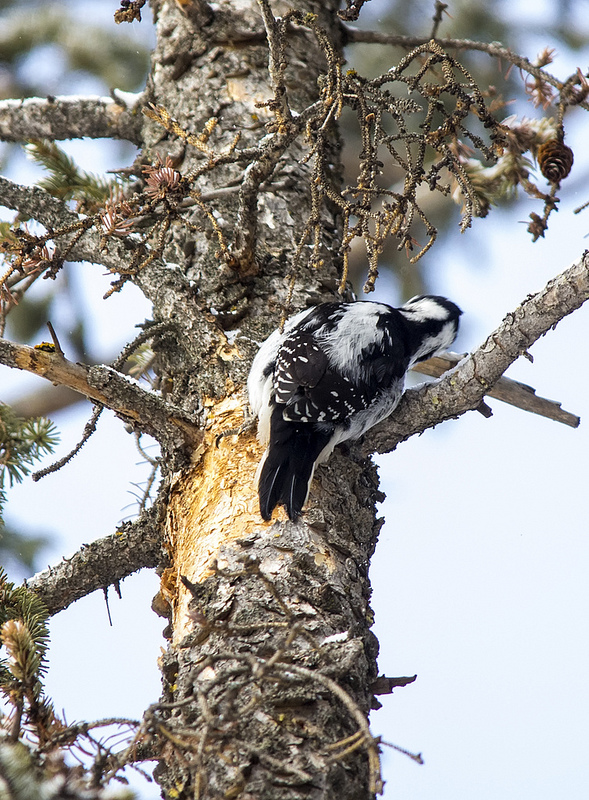
female Hairy Woodpecker
Bebo Grove – February 23, 2014
Pentax K-5 + Sigma 150-500@500mm
1/640sec., ƒ/6.3, ISO 1250
The following week, we visited Carburn Park. This was the first time since the floods last year that I’d really spent any appreciable time in Carburn Park, so it was really quite striking to see the damage that had been done.
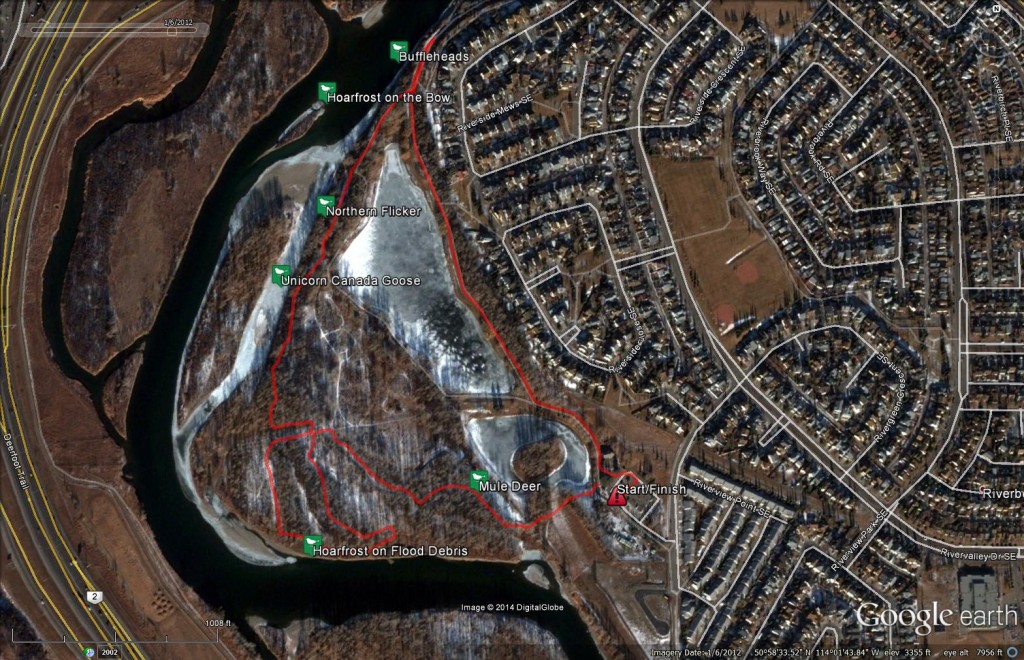
Carburn Park
March 2, 2014
Two weeks earlier, a Hermit Thrush had been seen here, but once again sub -30 temperatures kept the park quiet, and none of our attendees even came out, so Gus, Bob and I walked the park in a little over two hours.
The Bow River was full of life, much of which had only recently begun moving for the day. The Buffleheads were by far the most active of any of the birds on the river, diving again and again in search of food.
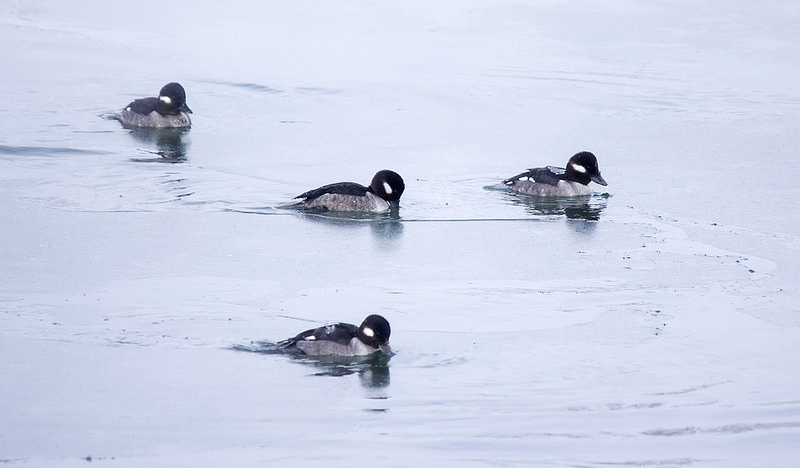
female Buffleheads
Carburn Park – March 2, 2014
Pentax K-5 + Sigma 150-500@500mm
1/800sec., ƒ/6.3, ISO 400
As before in Bebo Grove, when things slowed down in terms of wildlife activity, nature provided. Shooting across the river at the opposite bank, hoarfrost coated the willows and smaller bushes beautifully.

Hoarfrost
Carburn Park – March 2, 2014
Pentax K-5 + Sigma 150-500@150mm
1/800sec., ƒ/5, ISO 160
Very few birds were present as we headed away from the river, but this Northern Flicker posed, um, interestingly, showing us what it really thought of the bitter cold. I do like the detail and color in the shafts of the flight feathers and the wispy body feathers.
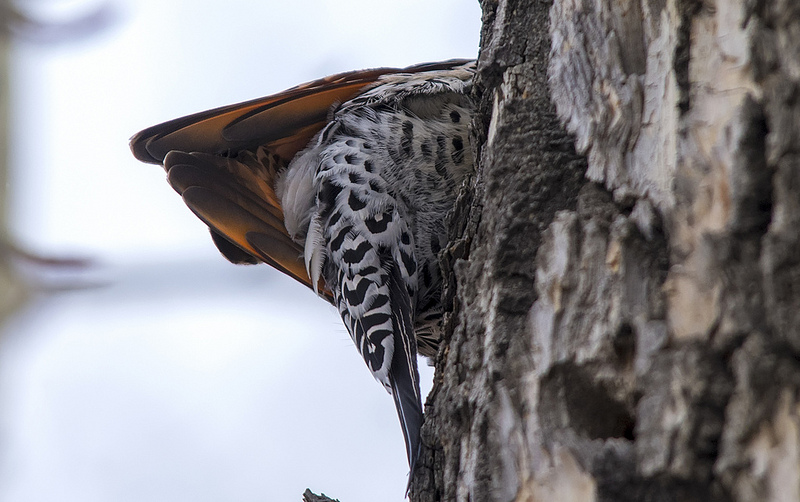
Northern Flicker
Carburn Park – March 2, 2014
Pentax K-5 + Sigma 150-500@500mm
1/800sec., ƒ/6.3, ISO 800
We even had to double-take when we began hallucinating and seeing mythical creatures, like this (very cold) unicorn Canada Goose.
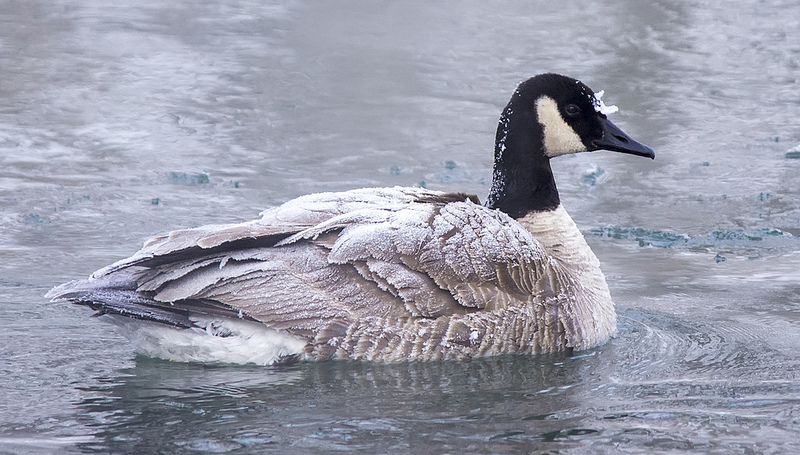
Unicorn (Canada Goose)
Carburn Park – March 2, 2014
Pentax K-5 + Sigma 150-500@500mm
1/800sec., ƒ/6.3, ISO 1000
One thing that really stood out all along the floodplain in Carburn Park was the height of the flood debris, once again completely covered in hoarfrost, at waist level, looking for all the world like little frozen bird nests.
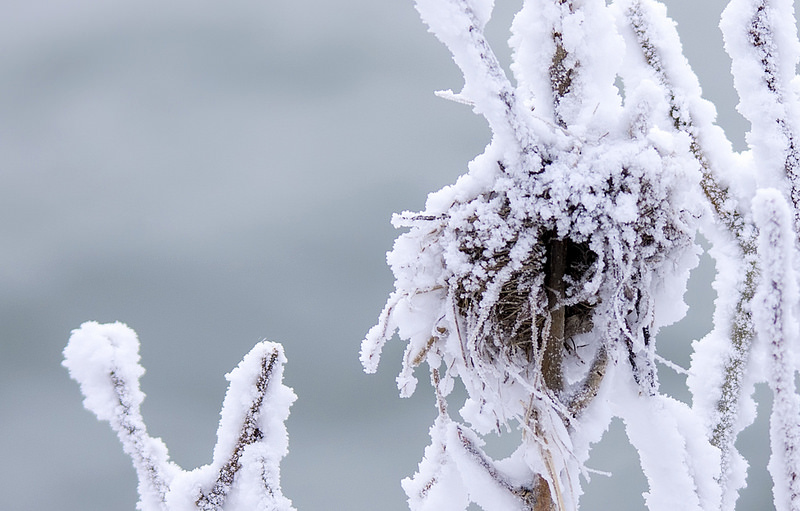
Frosted flood debris
Carburn Park – March 2, 2014
Pentax K-5 + Sigma 150-500@150mm
1/800sec., ƒ/5, ISO 200
And as we finished up our walk, we did find one of the local celebrities here in Carburn Park in the form of a small herd of White-tailed Deer. Not only were there a few very docile females, but there was also a pair of males, one with a well established rack of antlers, while the younger looked like a sad impersonation attempt.
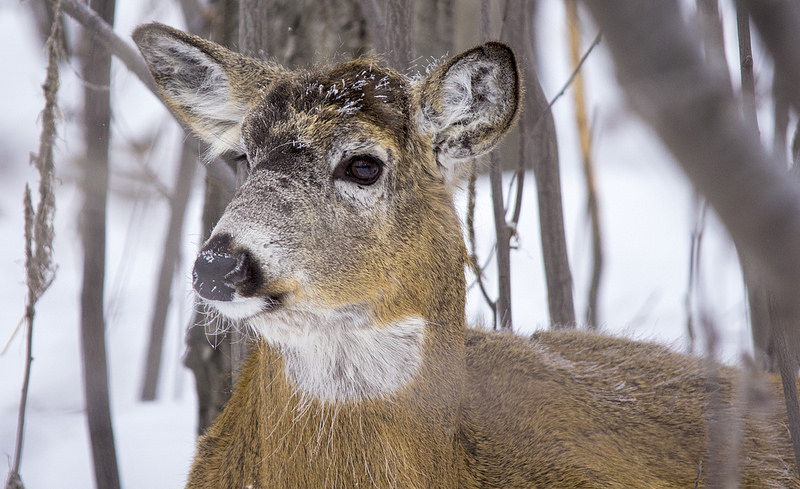
femaleWhite-tailed Deer
Carburn Park – March 2, 2014
Pentax K-5 + Sigma 150-500@500mm
1/1000sec., ƒ/6.3, ISO 2000
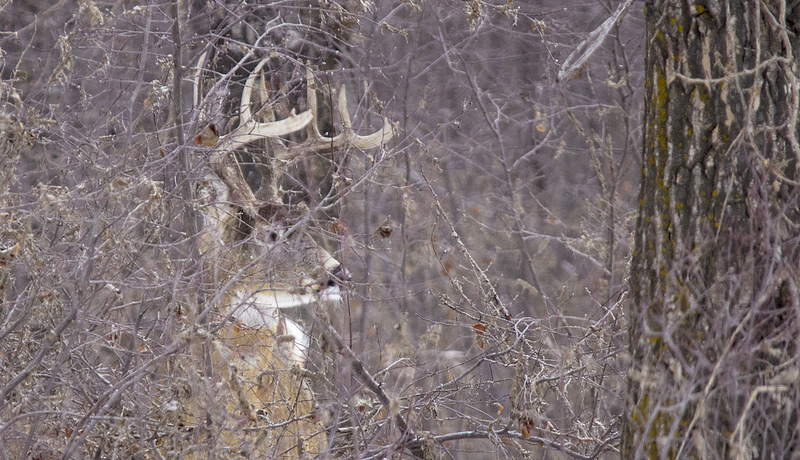
adult male White-tailed Deer
Carburn Park – March 2, 2014
Pentax K-5 + Sigma 150-500@500mm
1/1000sec., ƒ/6.3, ISO 1000
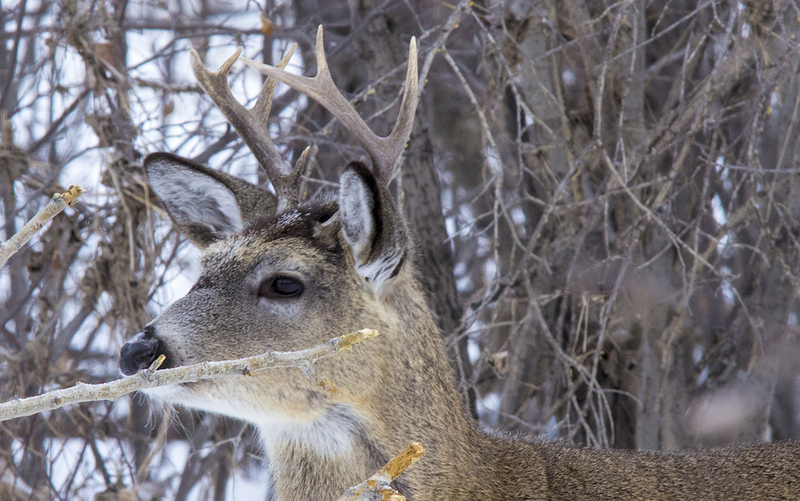
young male White-tailed Deer
Carburn Park – March 2, 2014
Pentax K-5 + Sigma 150-500@500mm
1/125sec., ƒ/18, ISO 1600
Thanks for reading folks, and good birding! I’m very, very happy that the weather here in Calgary has made a significant turn for the better, and look forward to many migrants arriving in the coming weeks!









